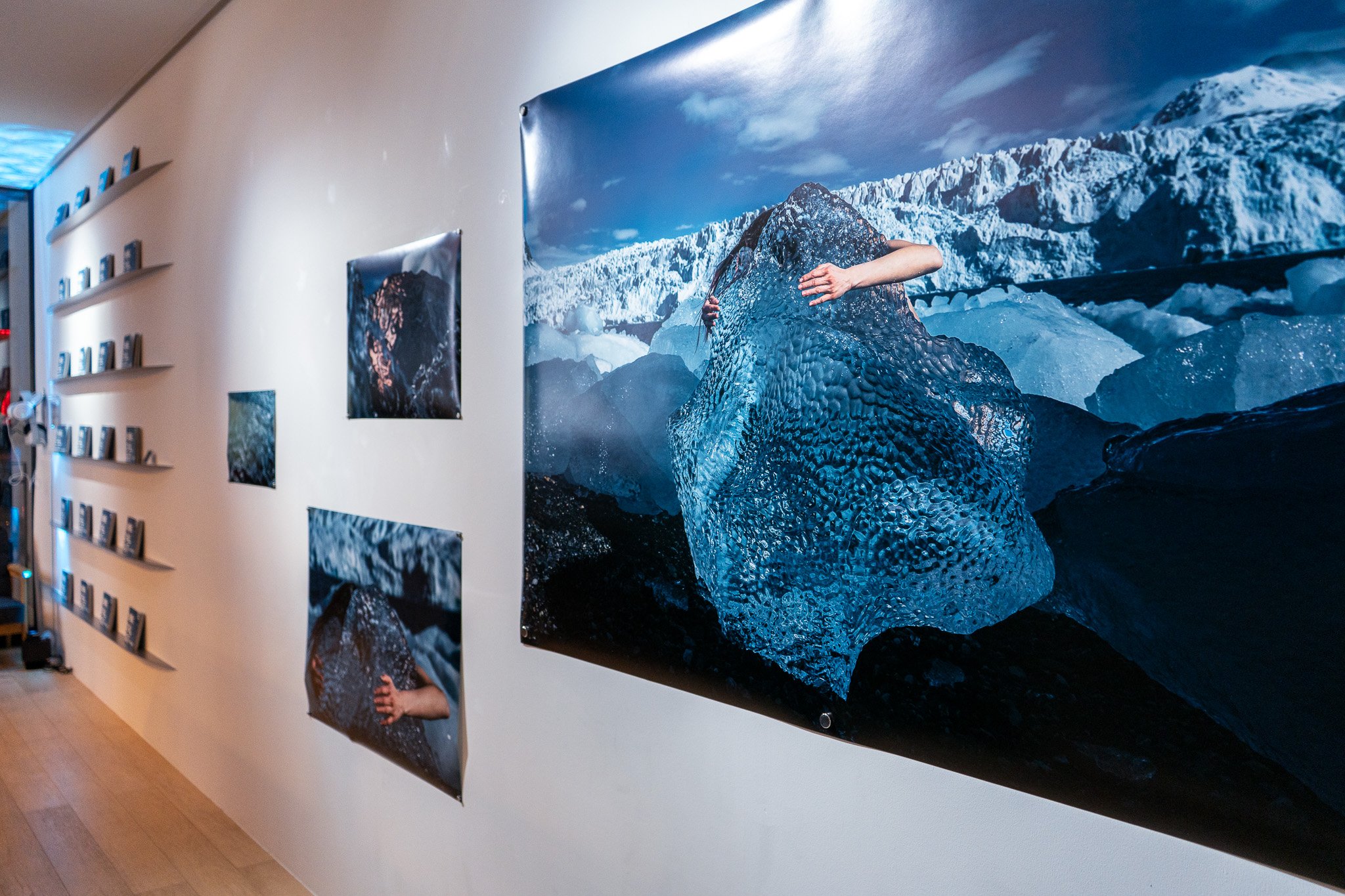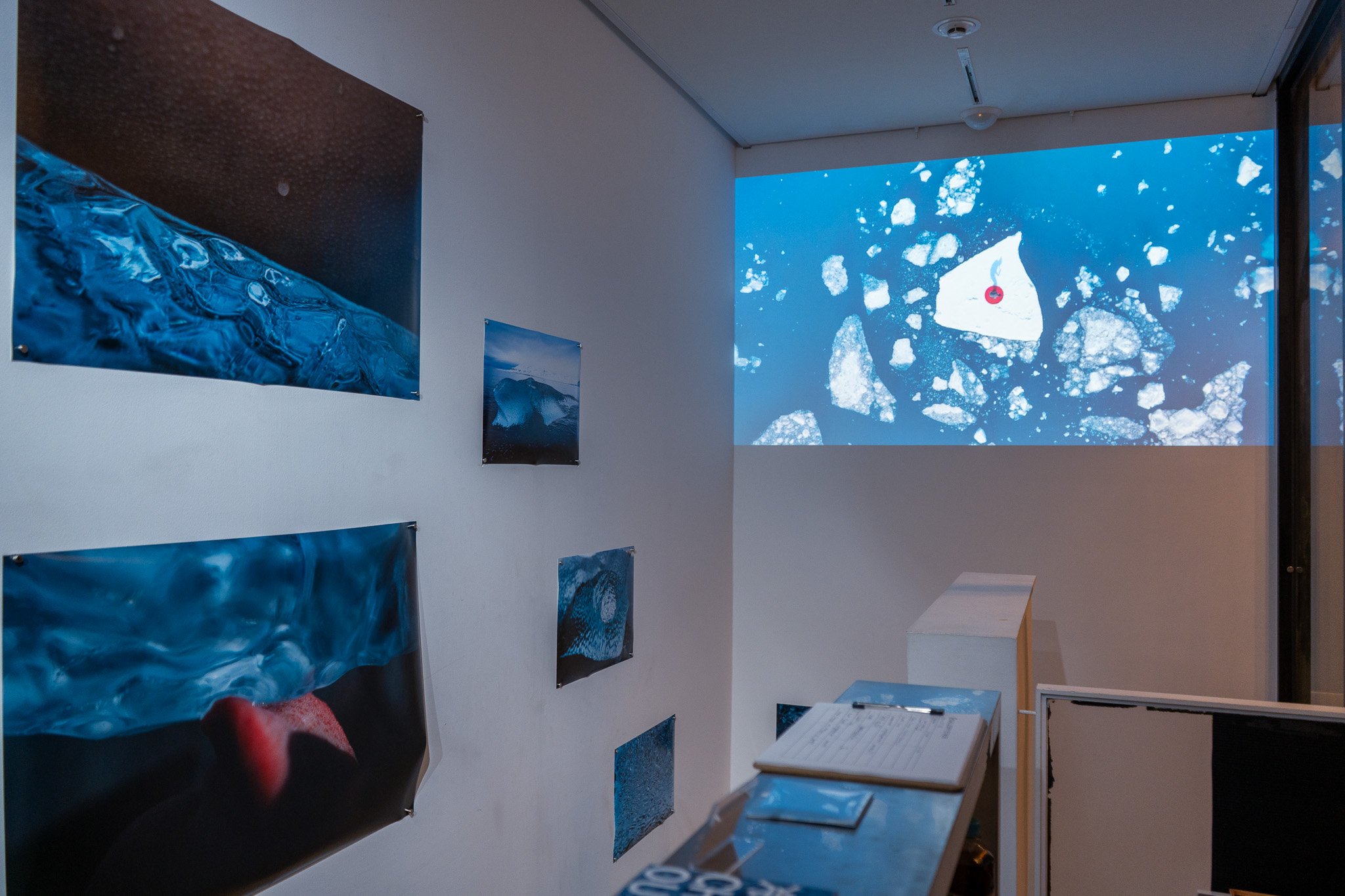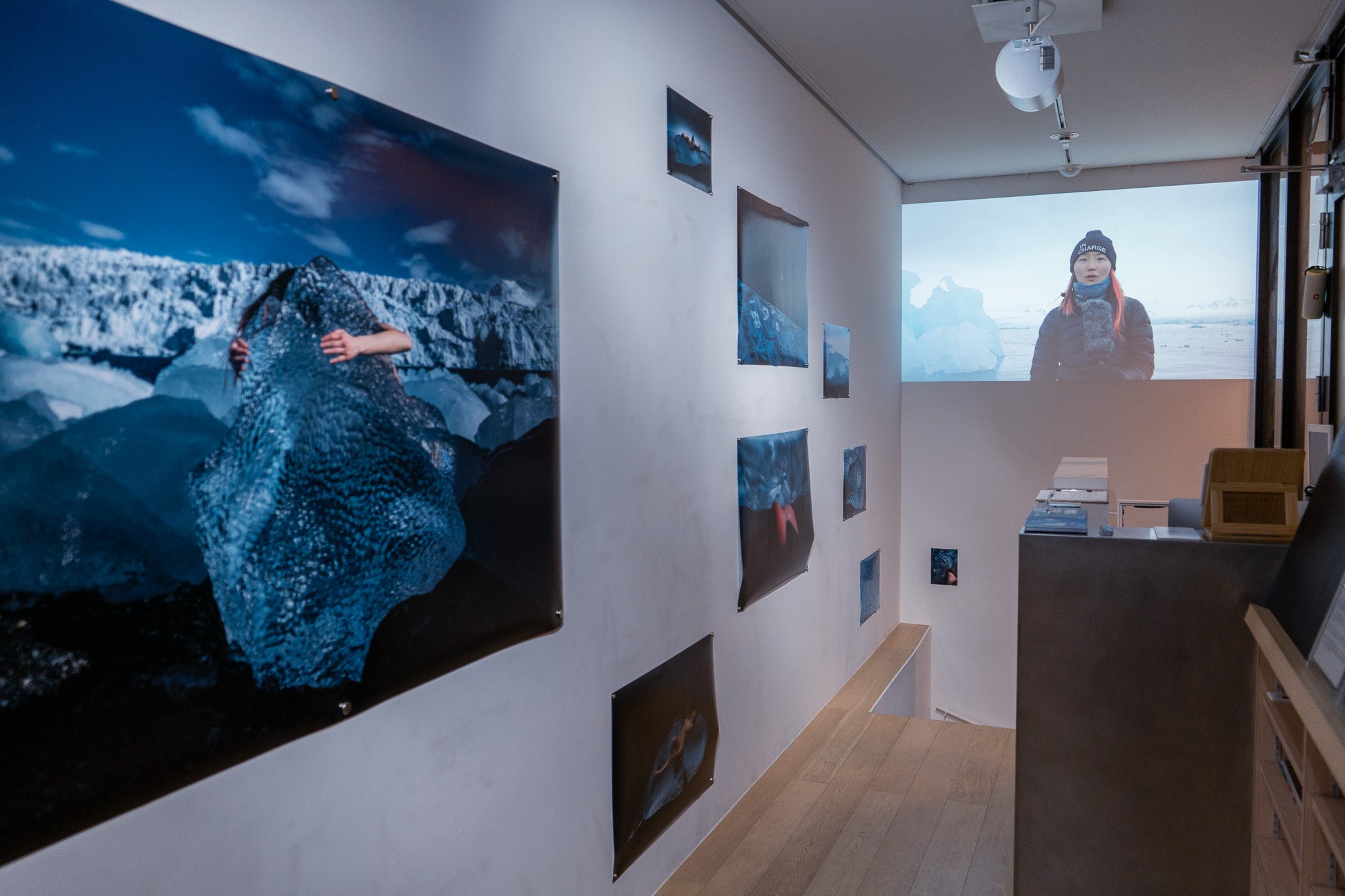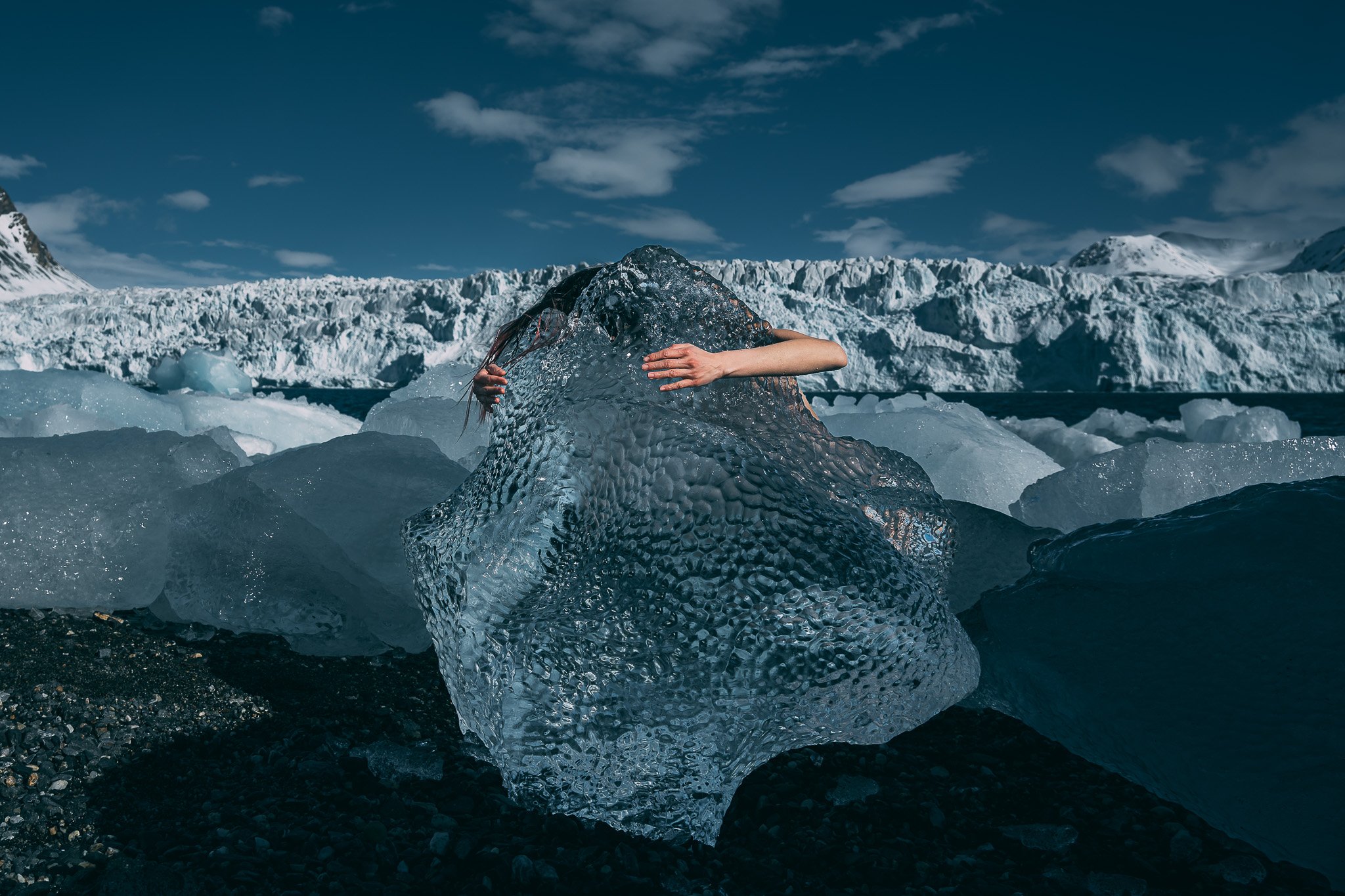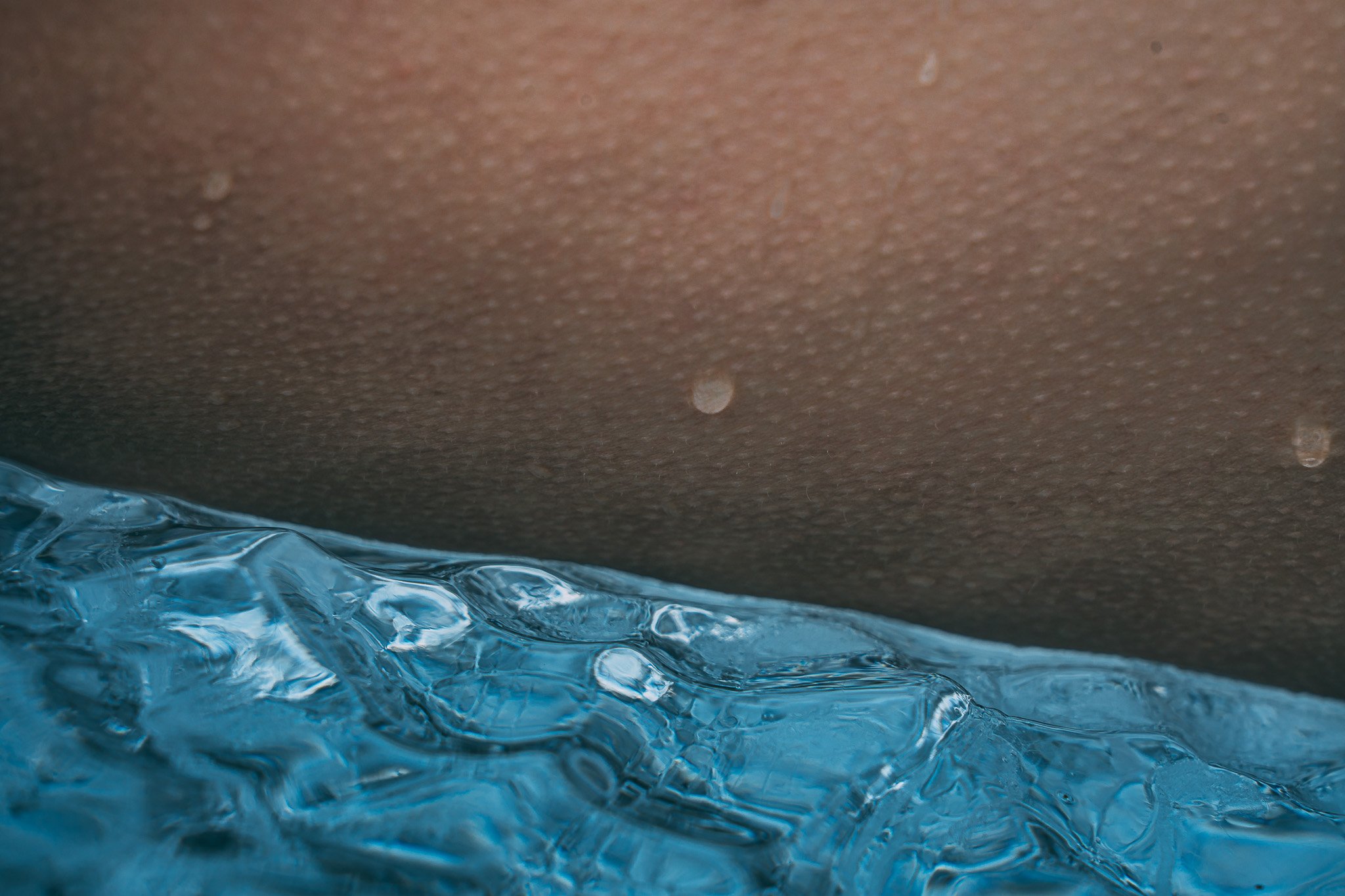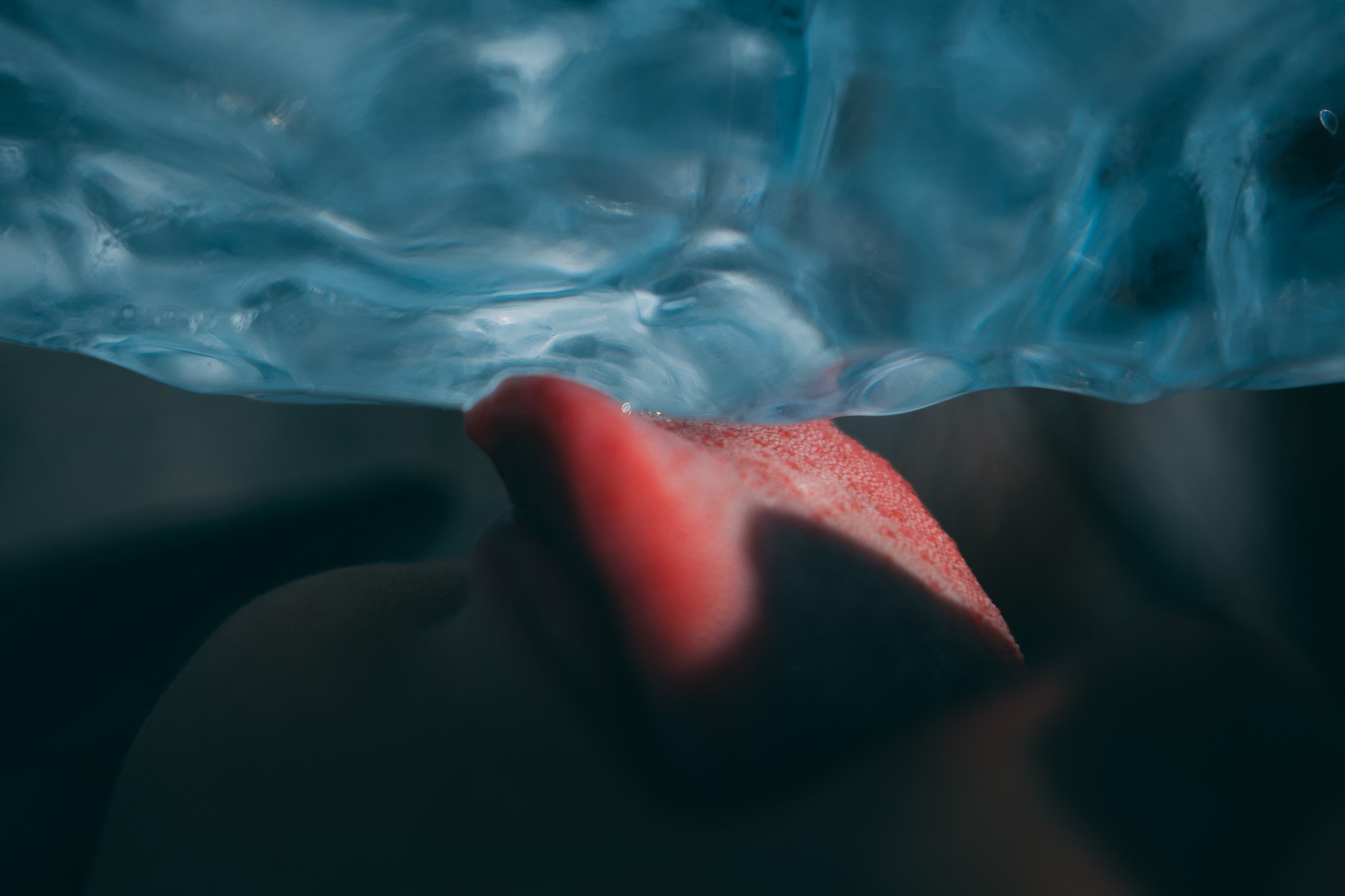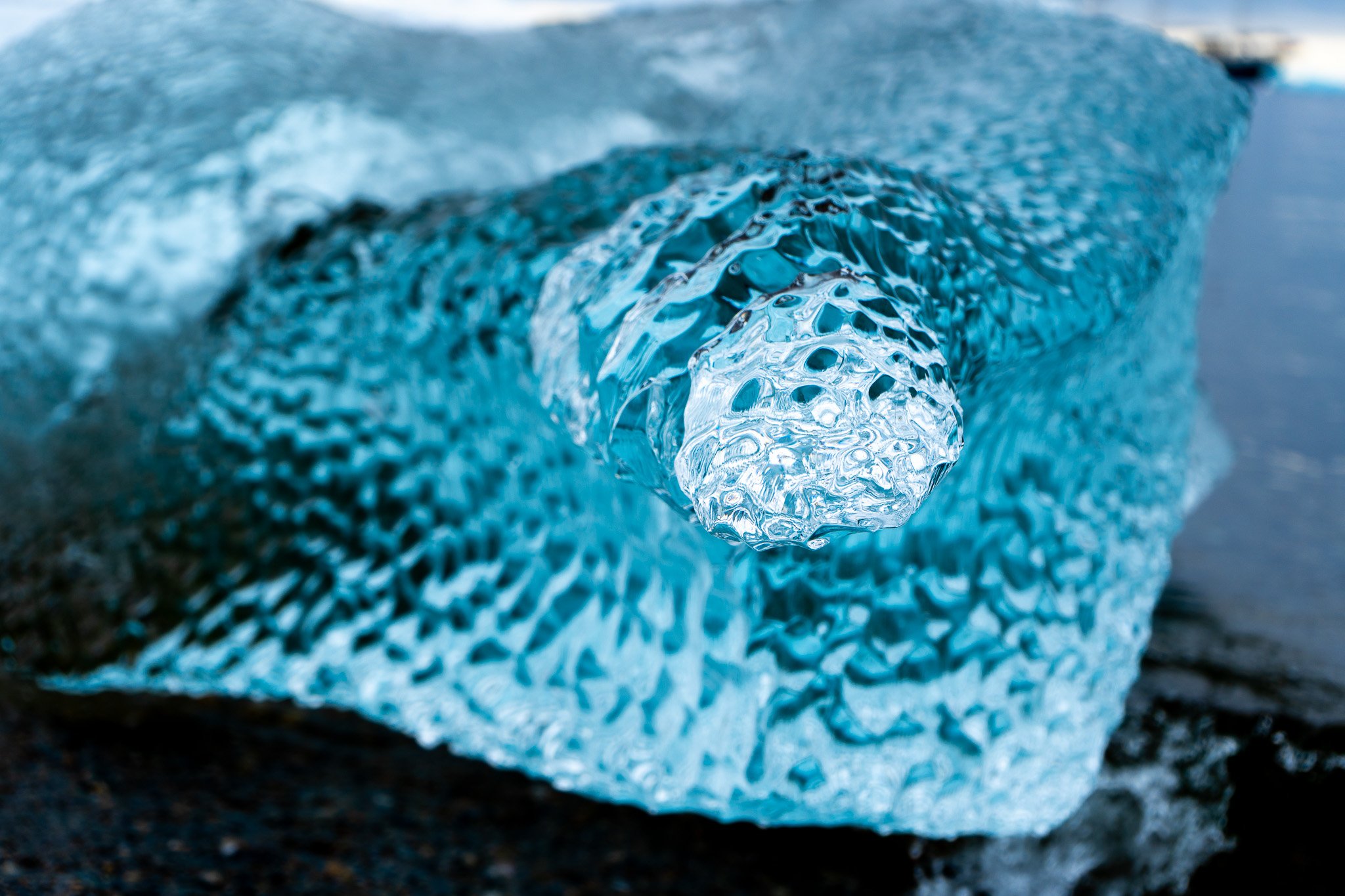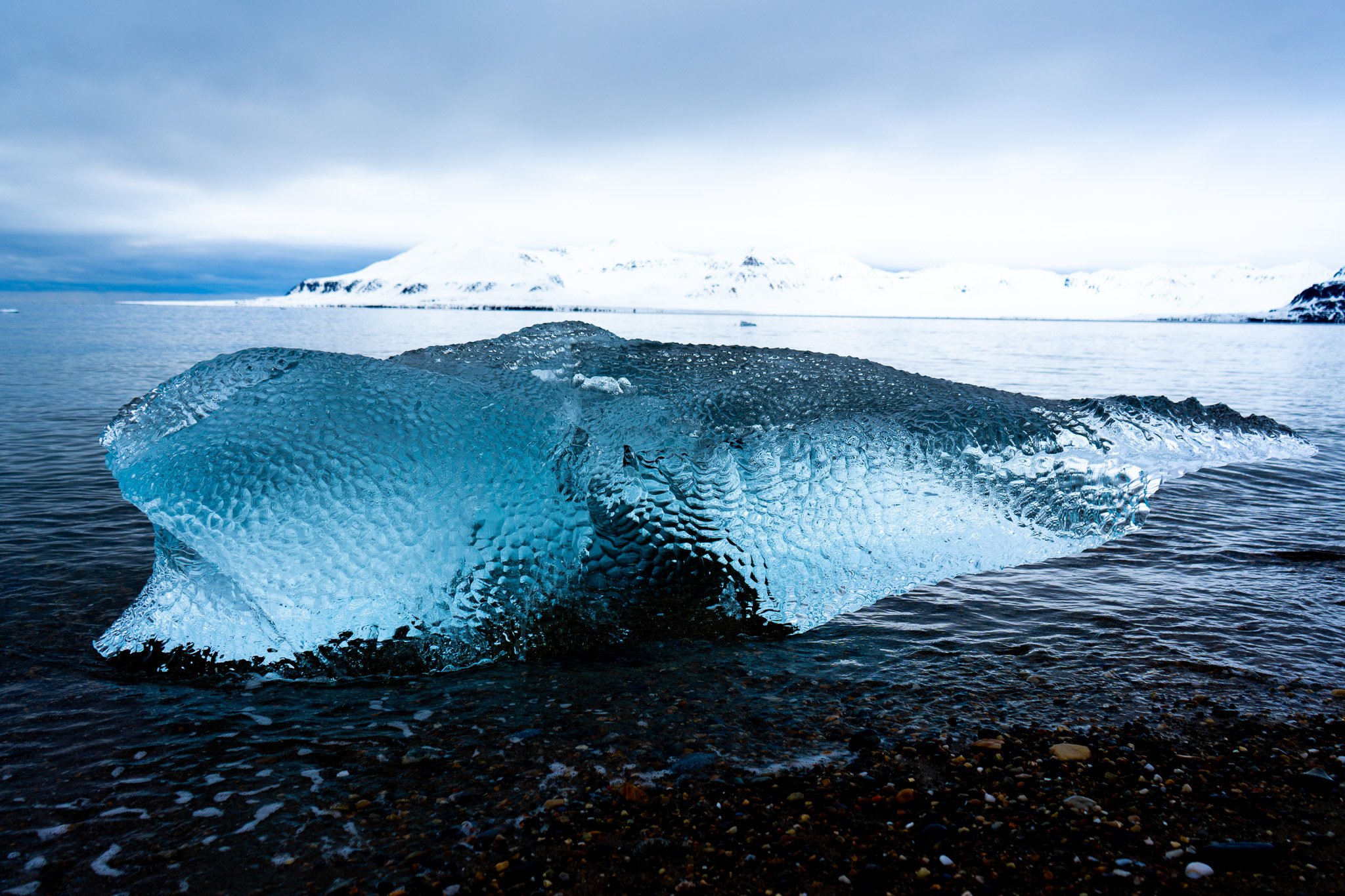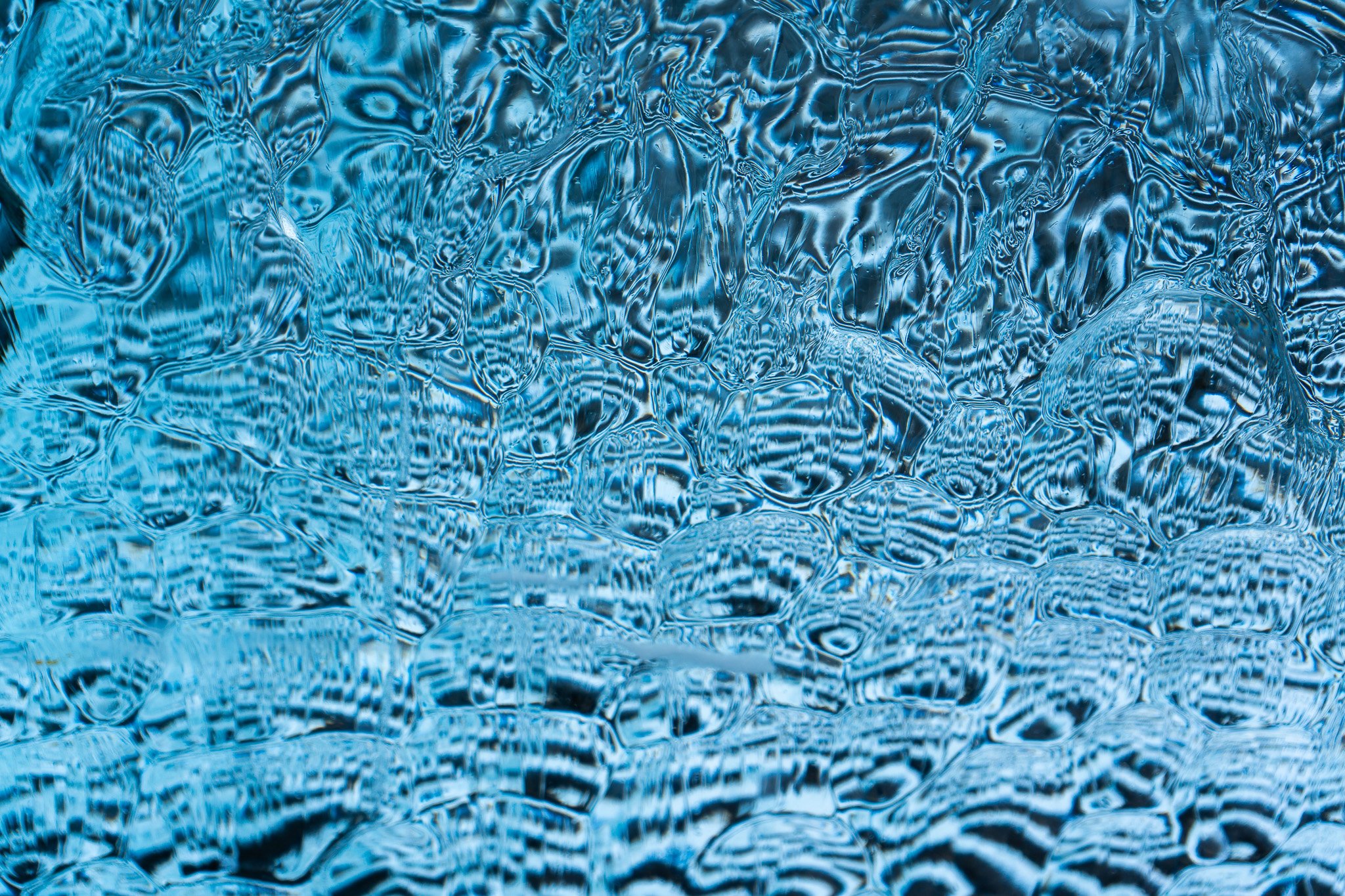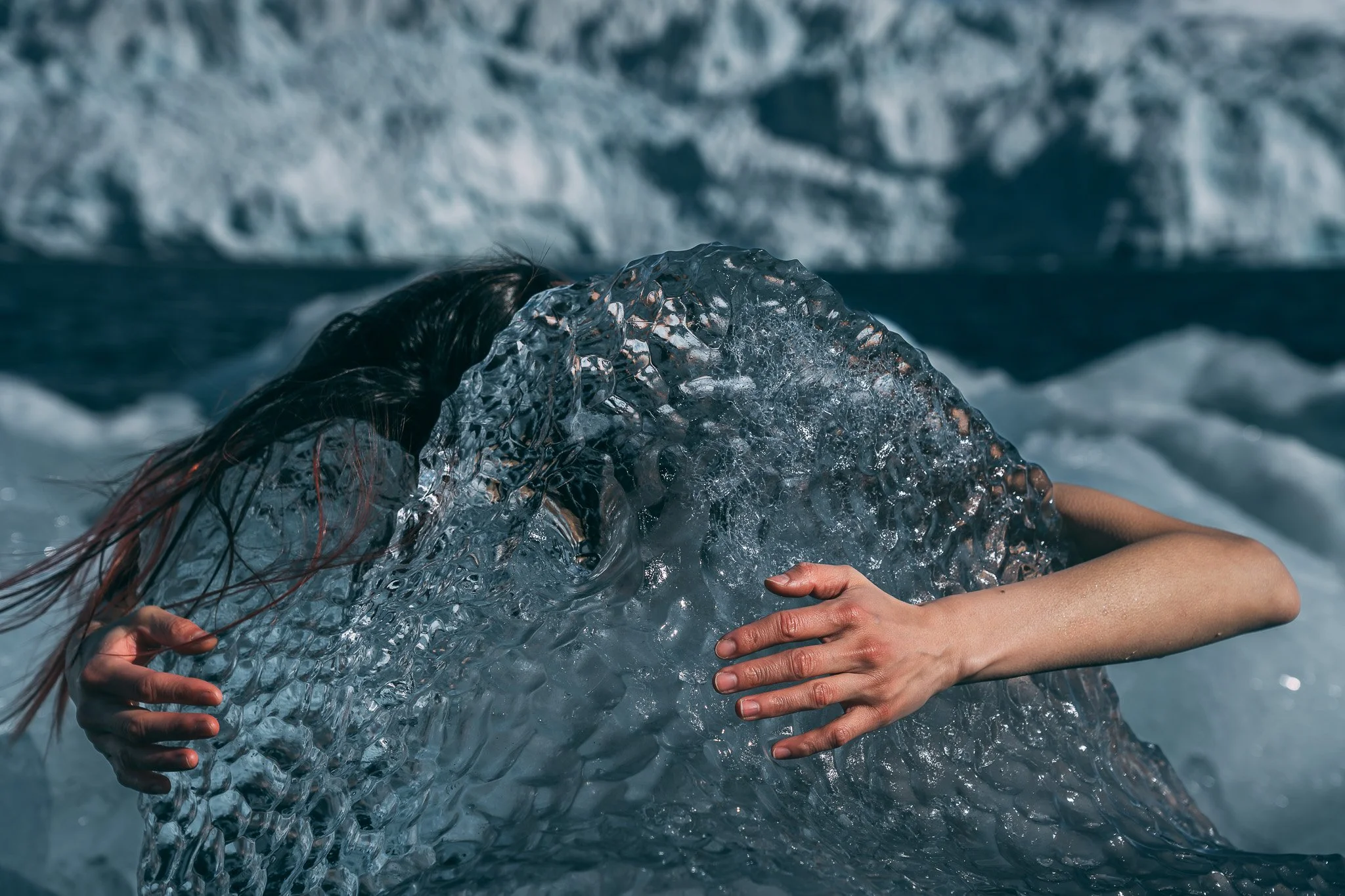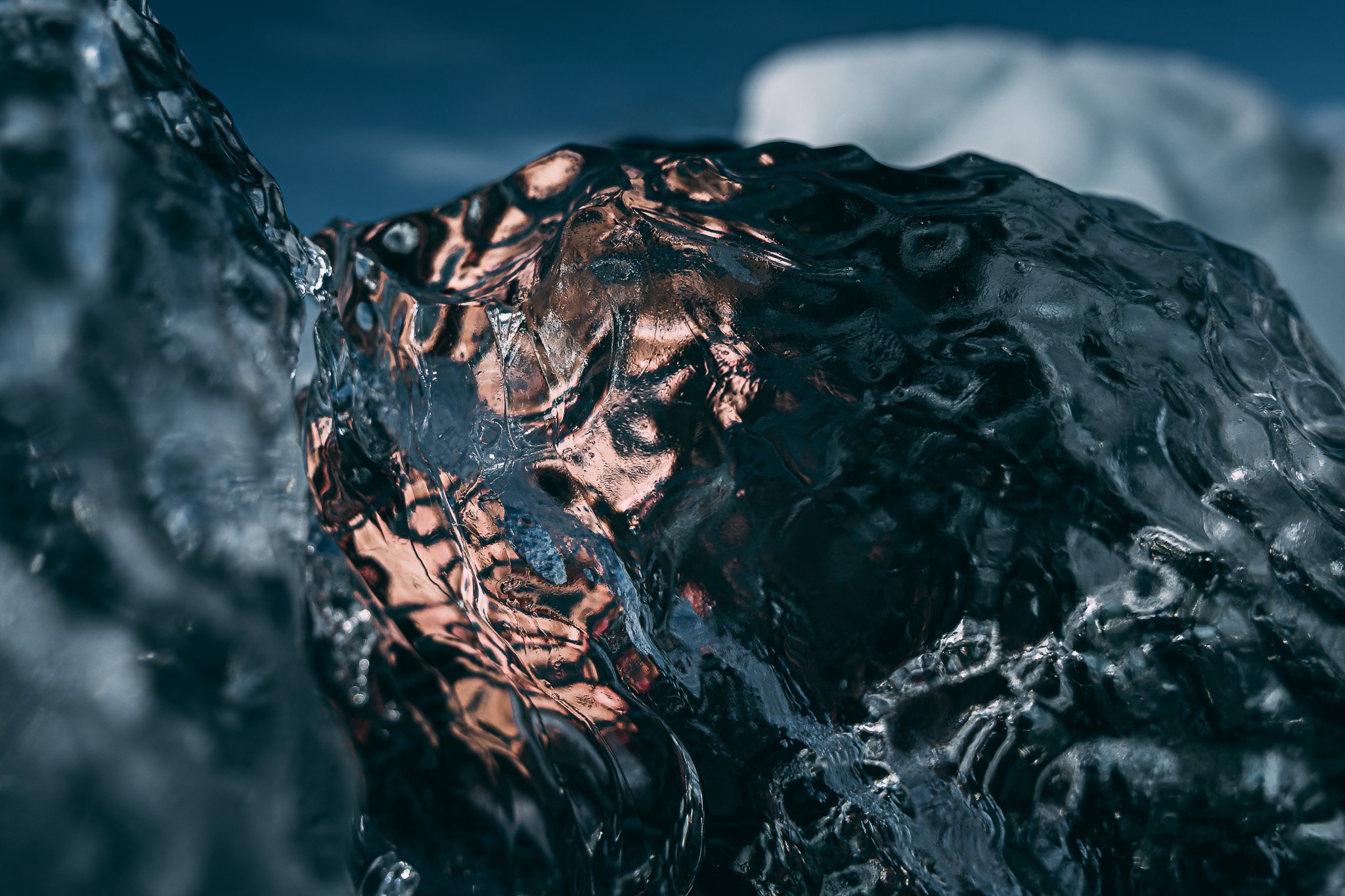Chill Out: The Arctic Couldn’t
1.11.2025 – 2.6.2025
Gallery Ether, Roppongi, Tokyo, Japan
Preface
In “Chill Out: the Arctic Couldn’t”, internationally renowned interdisciplinary artist, designer, technologist, and Tenure Track Assistant Professor at The University of Texas at Austin, Jiabao Li presents a varied collection of works created during her time in the Arctic Artist-in-Residence program based out of Svalbard, Norway. The pieces delve into the relationships between nature and humans, climate change, and the possibilities for future coexistence.
The artist describes this endeavor in her own words:
“Svalbard, located halfway between Norway and the North Pole, is one of the fastest-warming places on Earth. In August 2024, the islands recorded their highest temperature on record—20.2°C. The Arctic’s ice caps and glaciers, often described as the planet’s sentinels, are melting at an alarming rate, revealing the stark realities of climate change. These frozen landscapes, which store memories of Earth’s history in their ice cores, are undergoing irreversible transformations.
Svalbard’s unique geopolitical context adds another layer of complexity. Governed by the Svalbard Treaty of 1920, the region is a microcosm of Arctic geopolitics, where national interests, resource extraction, and environmental stewardship collide. As nations vie for control over its diminishing resources and strategic waterways, the Arctic has become a contested space, reflecting humanity’s struggle between exploitation and preservation.
In May 2024, I joined the Arctic Circle Artist-in-Residence program. Alongside 25 artists, writers, and scientists, I sailed around Svalbard, reaching as far as 80.5 degrees north, near the North Pole. The sublime Arctic landscape—both its beauty and fragility—inspired the projects in this solo exhibition.
Through Chill Out: The Arctic Couldn’t, I aim to provoke reflection on humanity’s relationship with nature and explore possibilities for coexistence with more-than-human beings. By combining humor, irony, and scientific inquiry, this exhibition confronts the realities of a rapidly changing Arctic while imagining ways to navigate an uncertain future with humility and care.”
本展覧会では、ノルウェー領である北極のスヴァールバル諸島で行われたアーティスト・イン・レジデンスプログラムに参加し、その期間中に制作した多様な作品を紹介します。これらの作品は、北極の厳しくも美しい自然と人間の関係、気候変動がもたらす影響、そして未来における共存の可能性を探求しています。
アーティストはこの取り組みについて自身の言葉で以下のように語っています。
「スヴァールバル諸島は、ノルウェーと北極の中間に位置し、地球上で最も急速に温暖化が進む地域の一つです。2024年8月、この地域では観測史上最高気温である20.2℃を記録しました。地球の番人とされる北極圏の氷河や氷帽が急速に溶け出し、気候変動の厳しい現実を浮き彫りにしています。これらの氷原は地球の歴史を氷の中に記憶として蓄えていますが、現在、後戻りできない変化を遂げつつあります。
スヴァールバル諸島の独特な地政学的背景も、複雑さを増しています。この地域は1920年のスヴァールバル条約に基づき統治されており、国際的な政治、資源採掘、環境保全が交錯する北極圏の縮図といえます。各国が限られた資源や戦略的な航路を巡って競争を繰り広げる中、北極は搾取と保全の狭間で揺れる人類の葛藤を映し出しています。
2024年5月、私はアークティック・サークル・アーティスト・イン・レジデンスプログラムに参加しました。25人のアーティスト、作家、科学者とともにスヴァールバル諸島を航海し、北緯80.5度、北極圏に近い地点まで到達しました。その壮大でありながら脆弱な北極の風景は、本個展で展示するプロジェクトに大きなインスピレーションを与えてくれました。
「『Chill Out: the Arctic Couldn’t』を通じて、私は人類と自然の関係について考察を促し、人間以外の存在との共存の可能性を探求したいと考えています。ユーモアやアイロニー、科学的探求を組み合わせたこの展示は、急速に変化する北極の現実に向き合い、不確実な未来を謙虚さと配慮を持って乗り越える方法を模索します。」
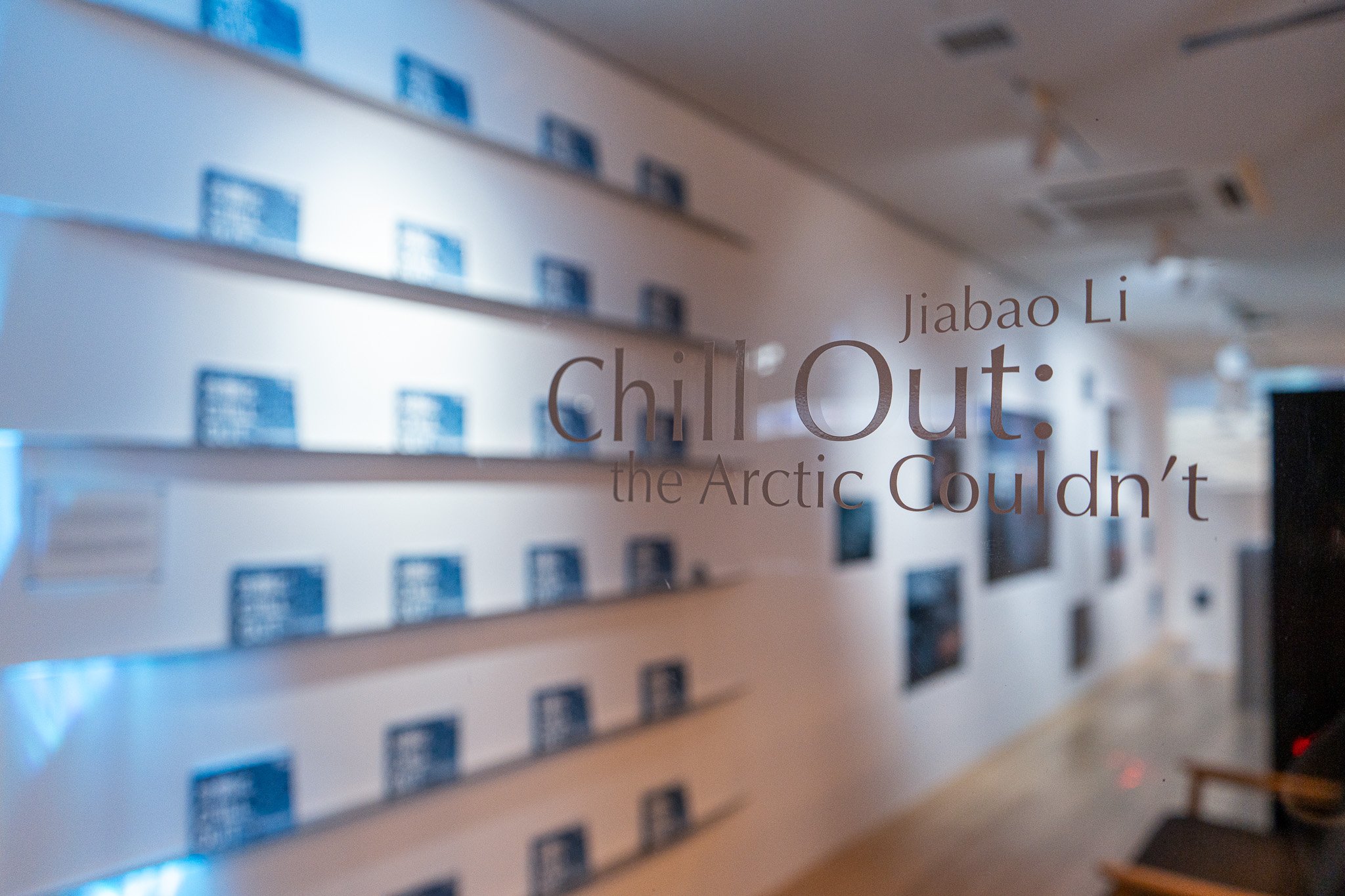
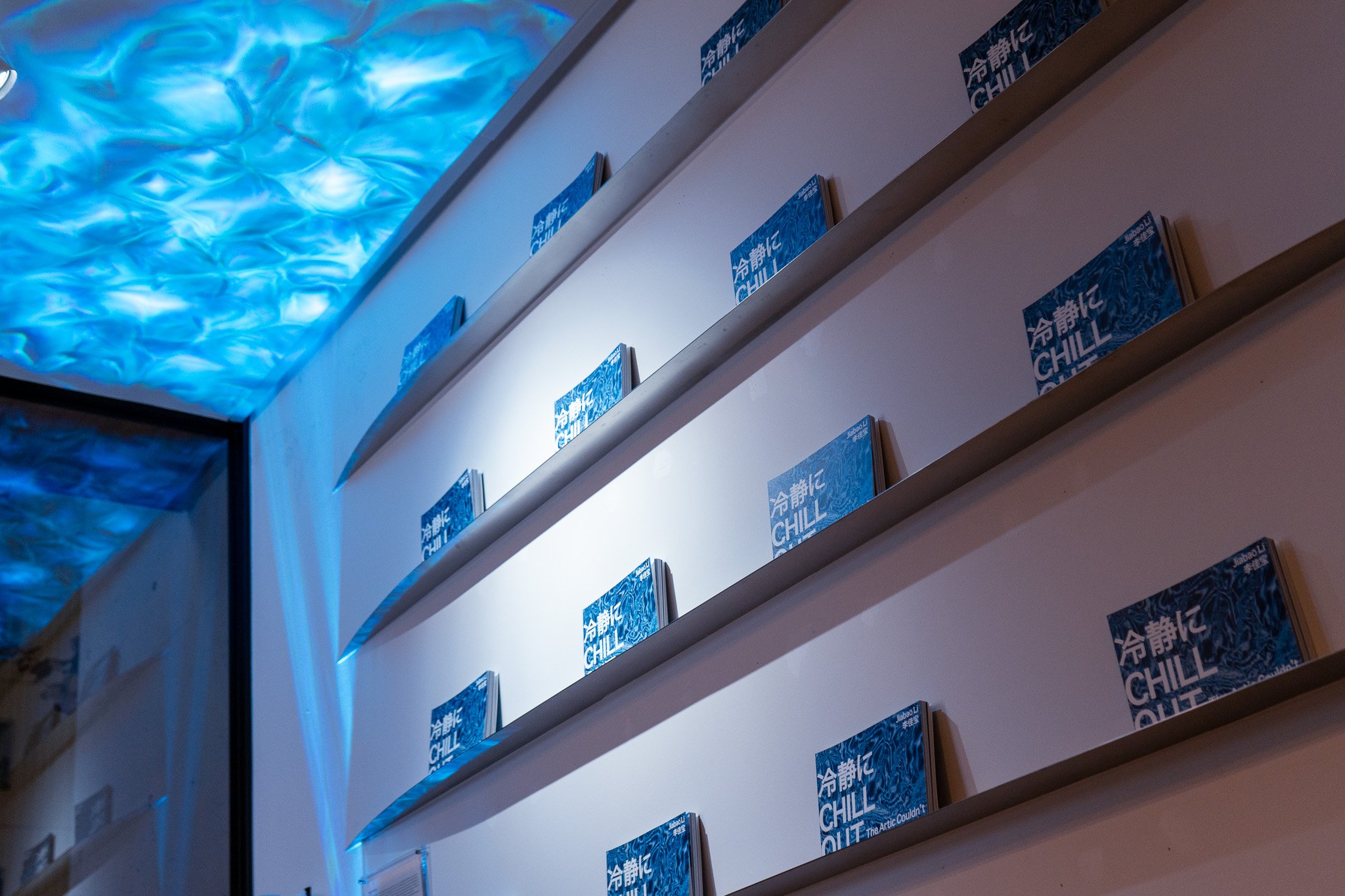
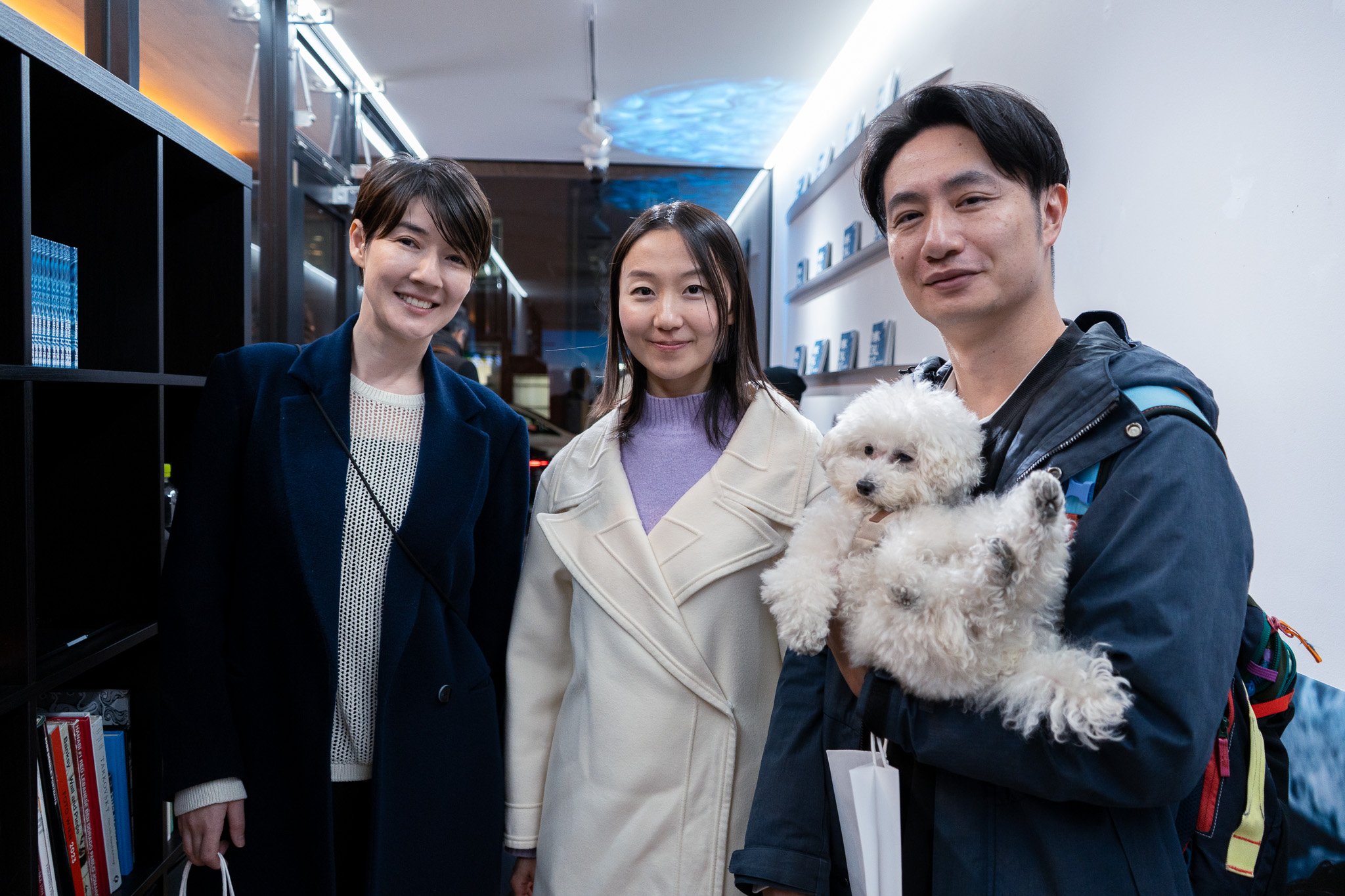
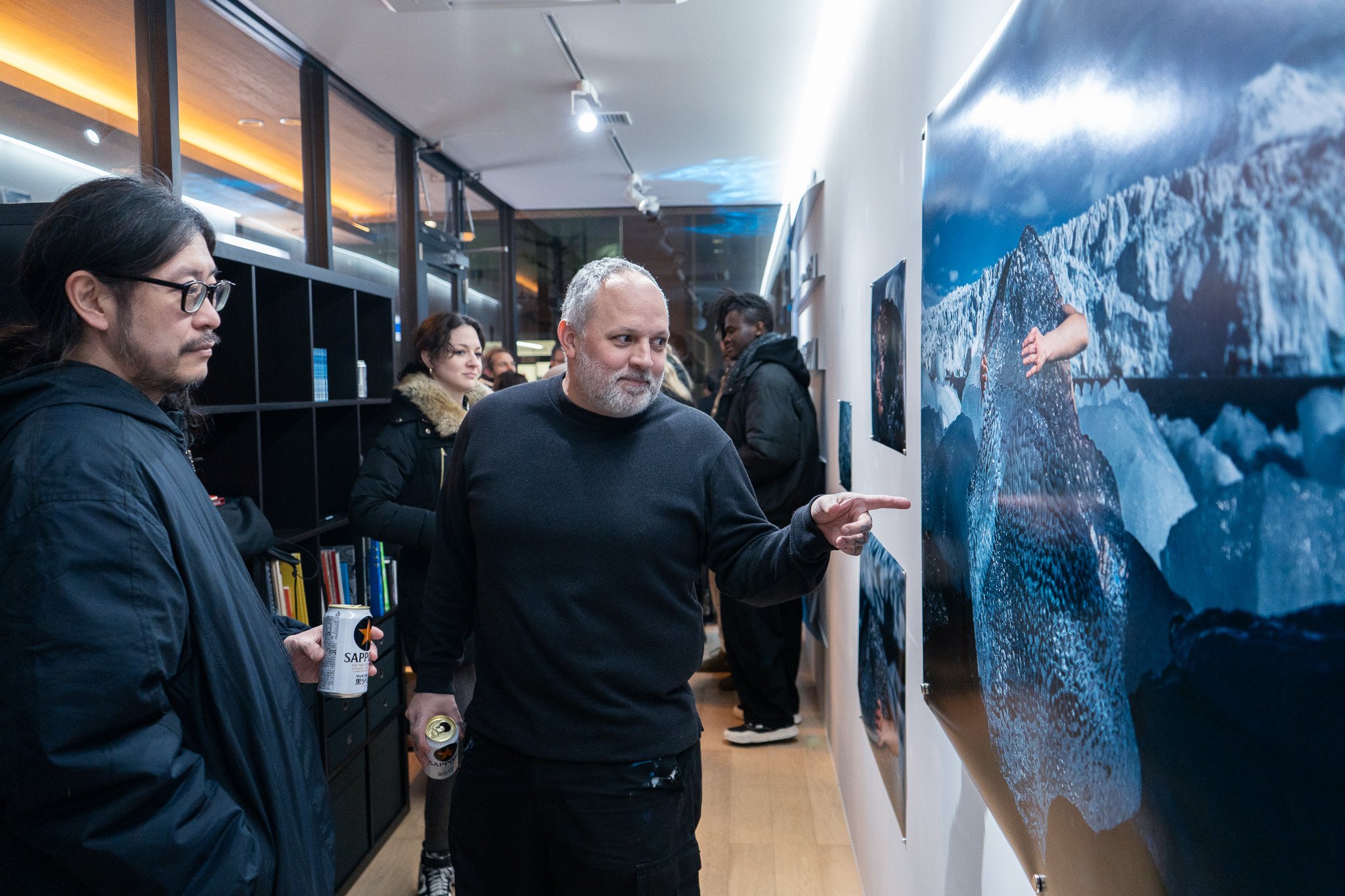
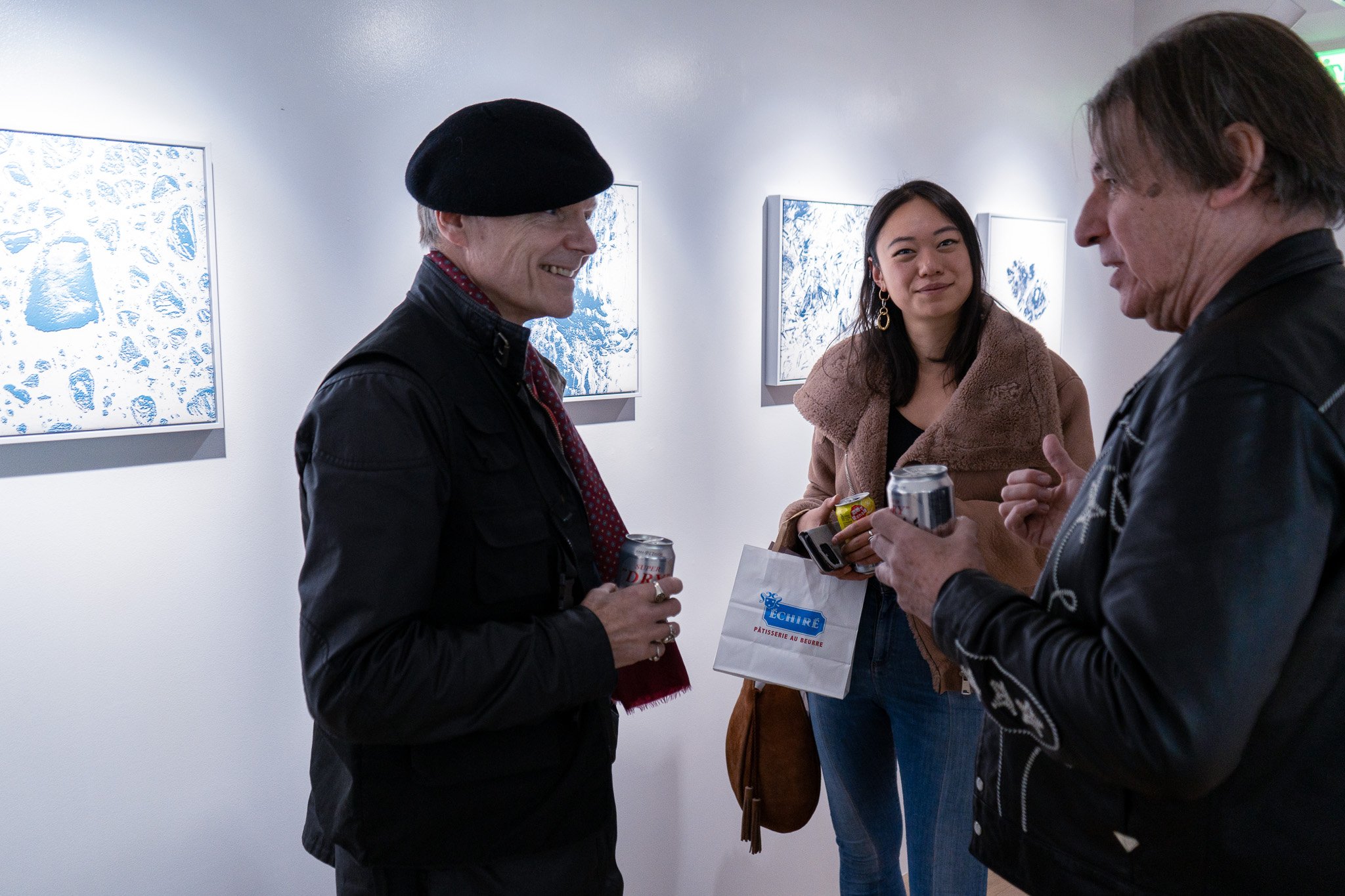
CryoScapes: Landscape Painting with Water, Ice, and AI
Jiabao Li, Ziyuan Jiang, Kuan-Ju Wu, Yasuaki Kakehi
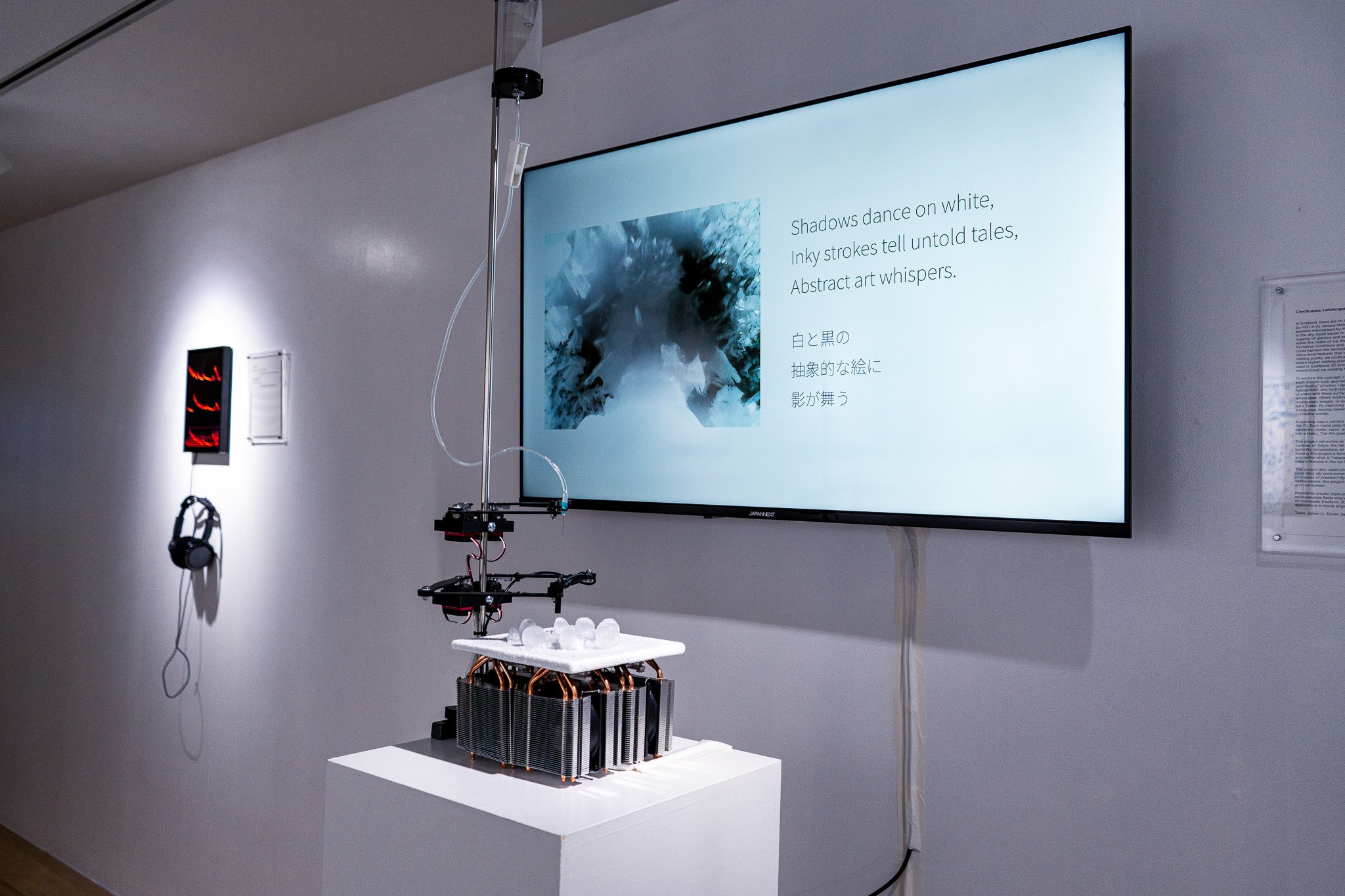
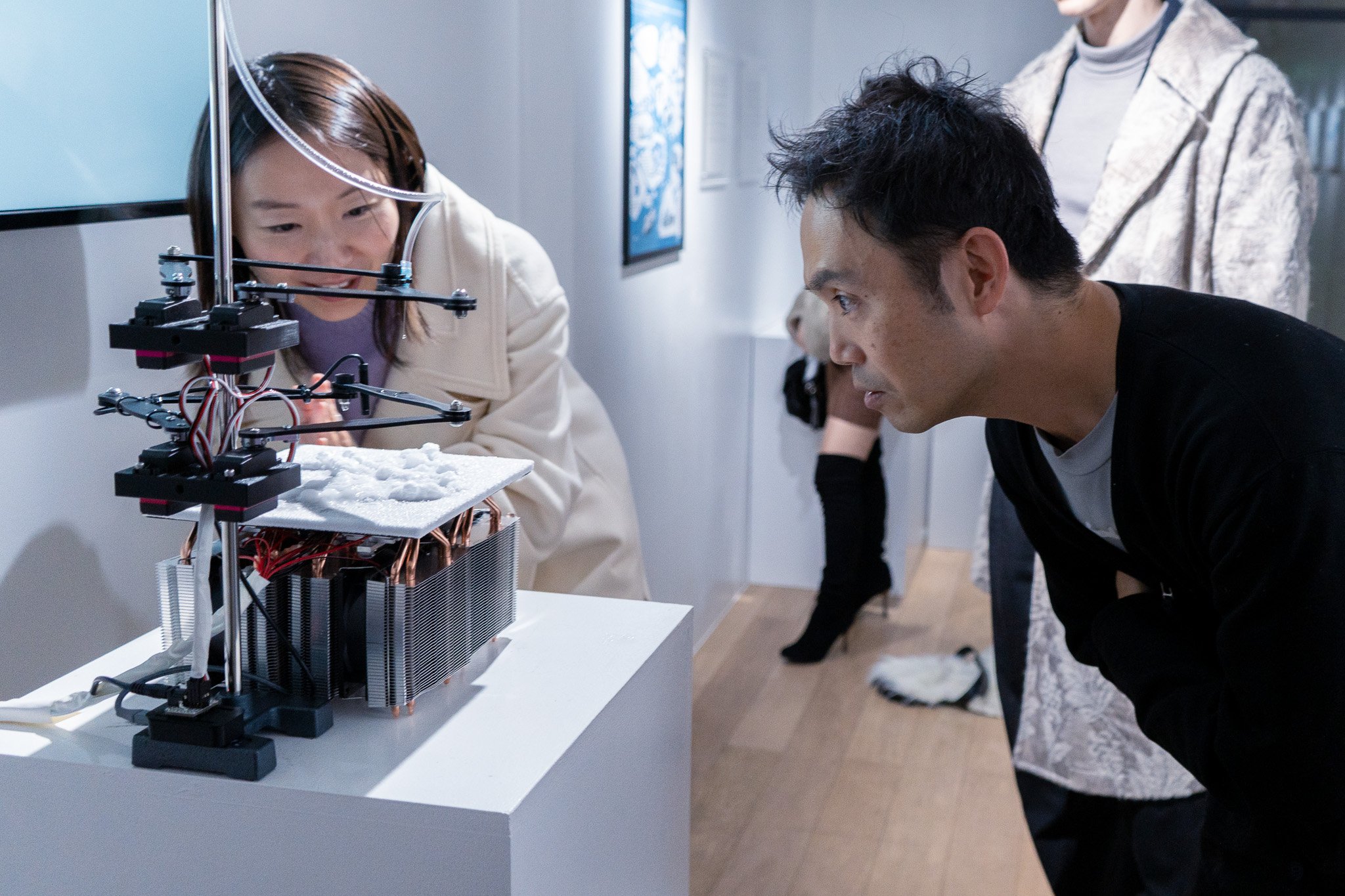
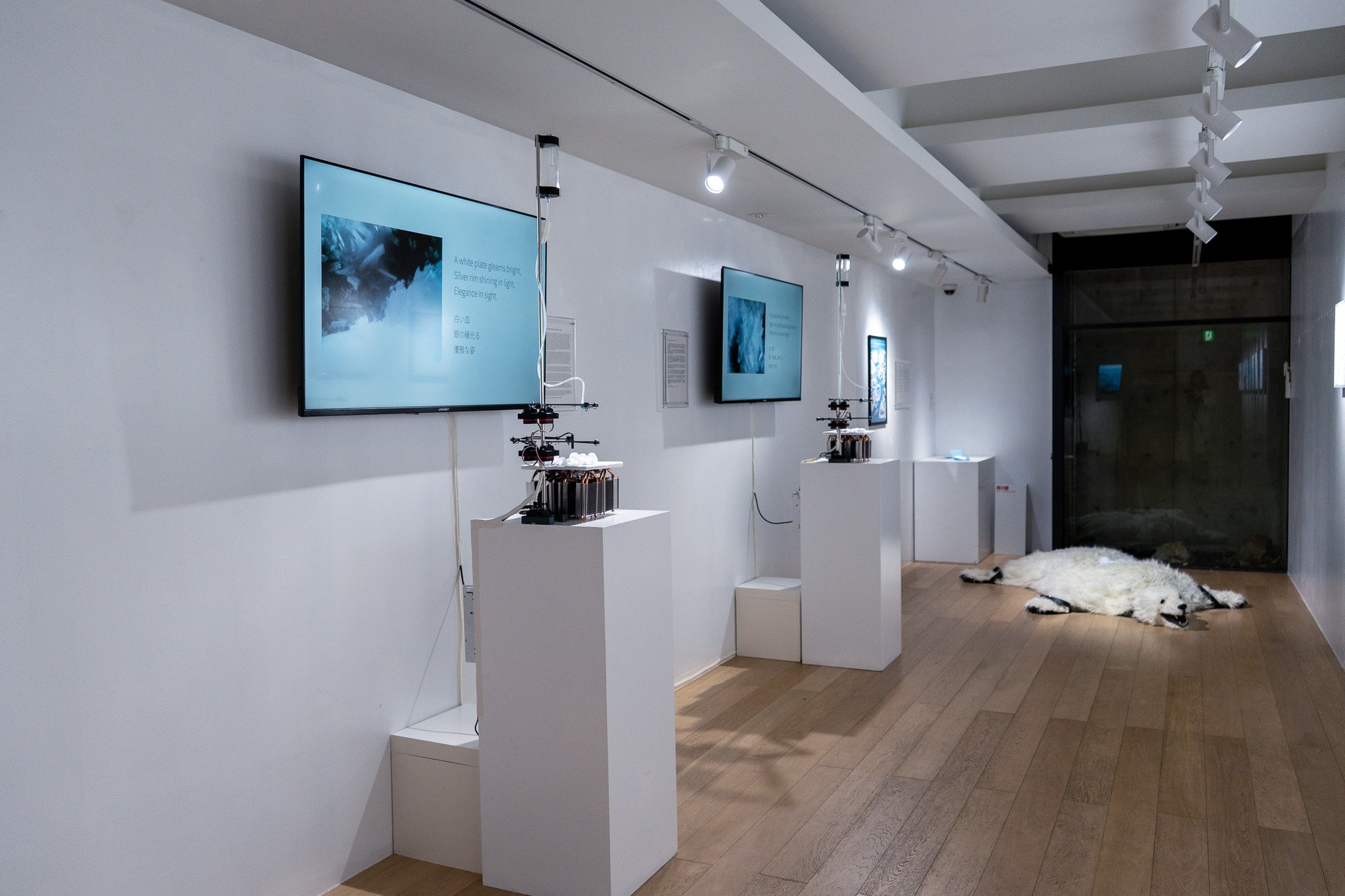

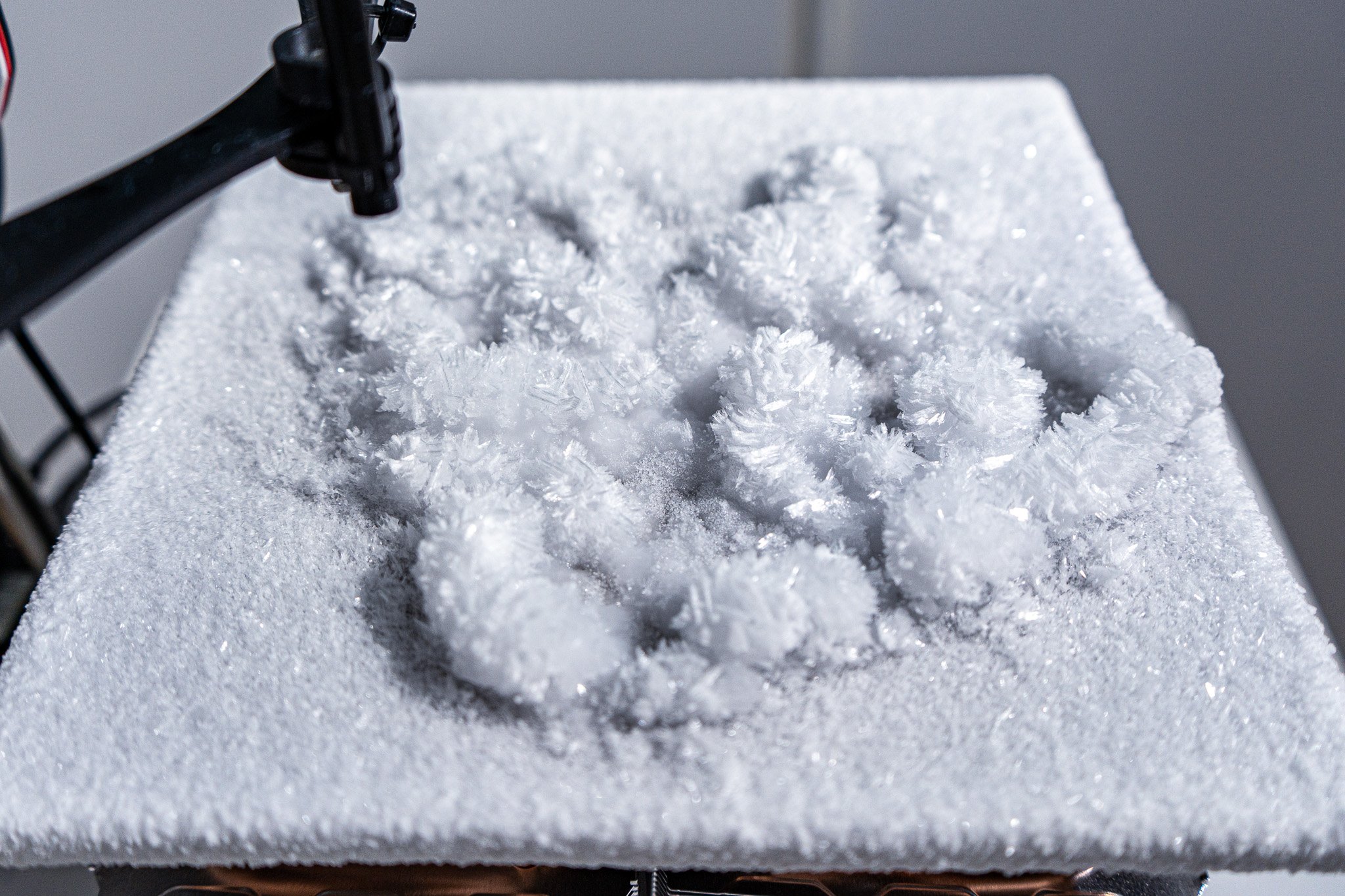
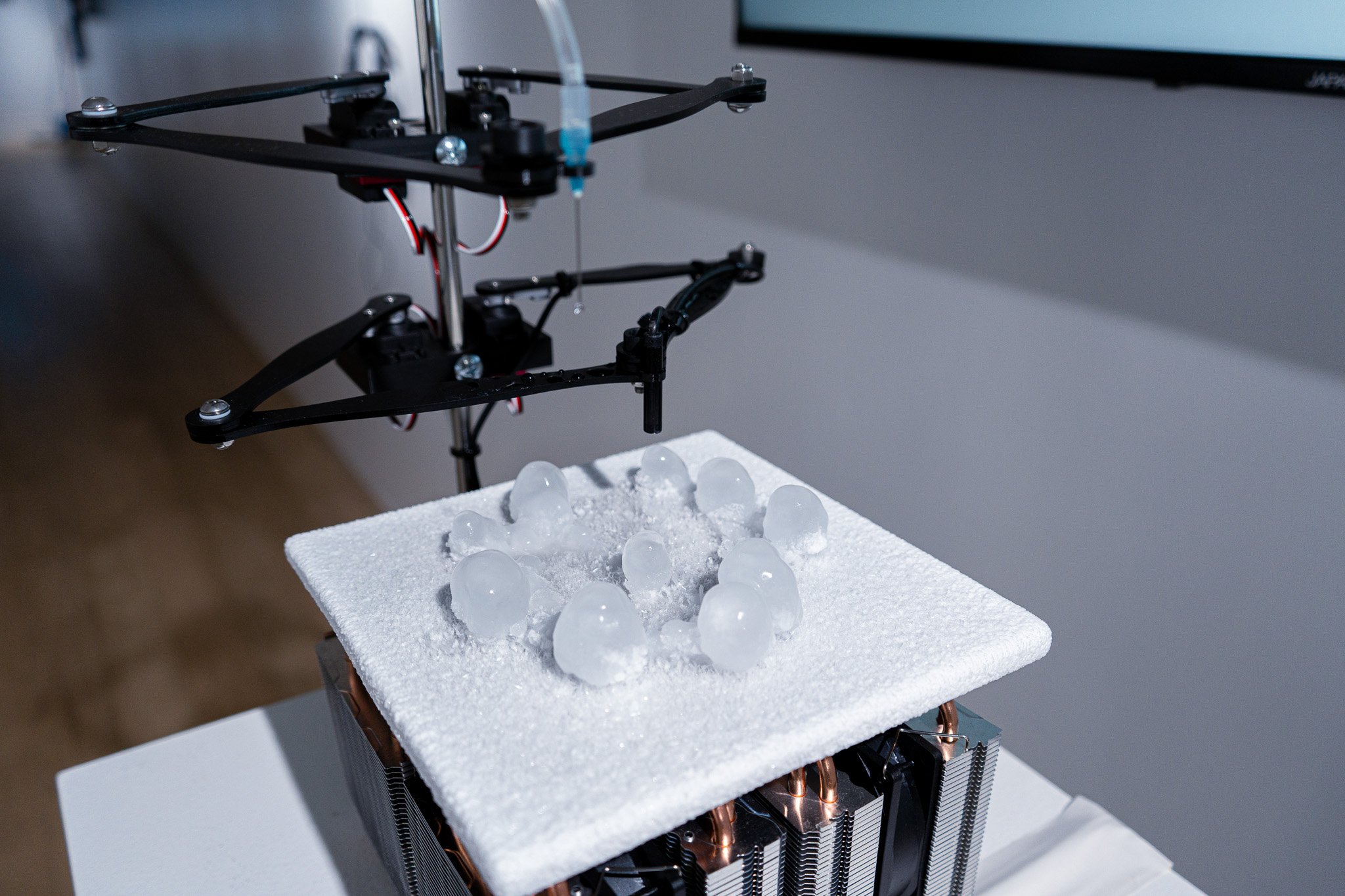
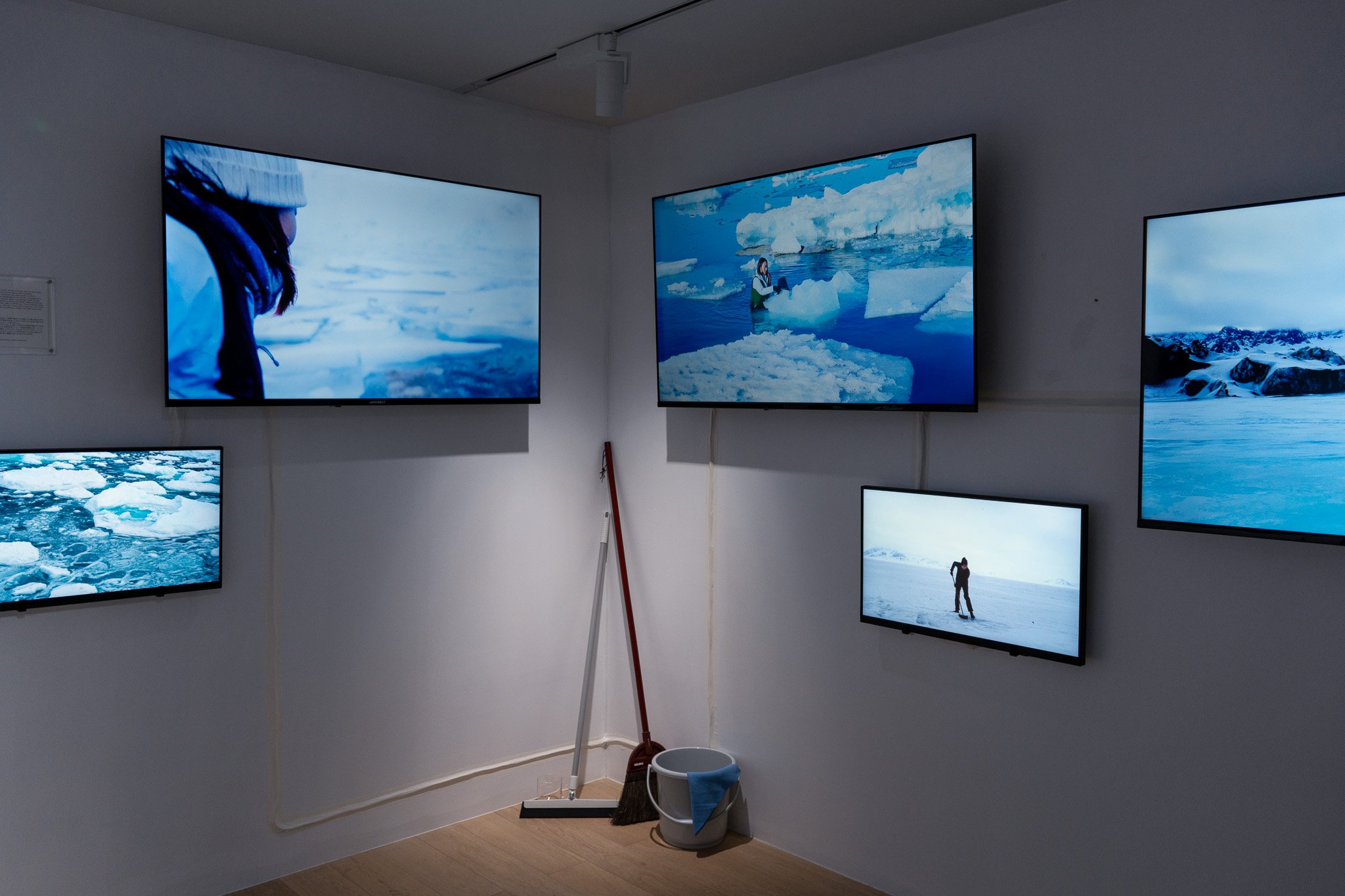
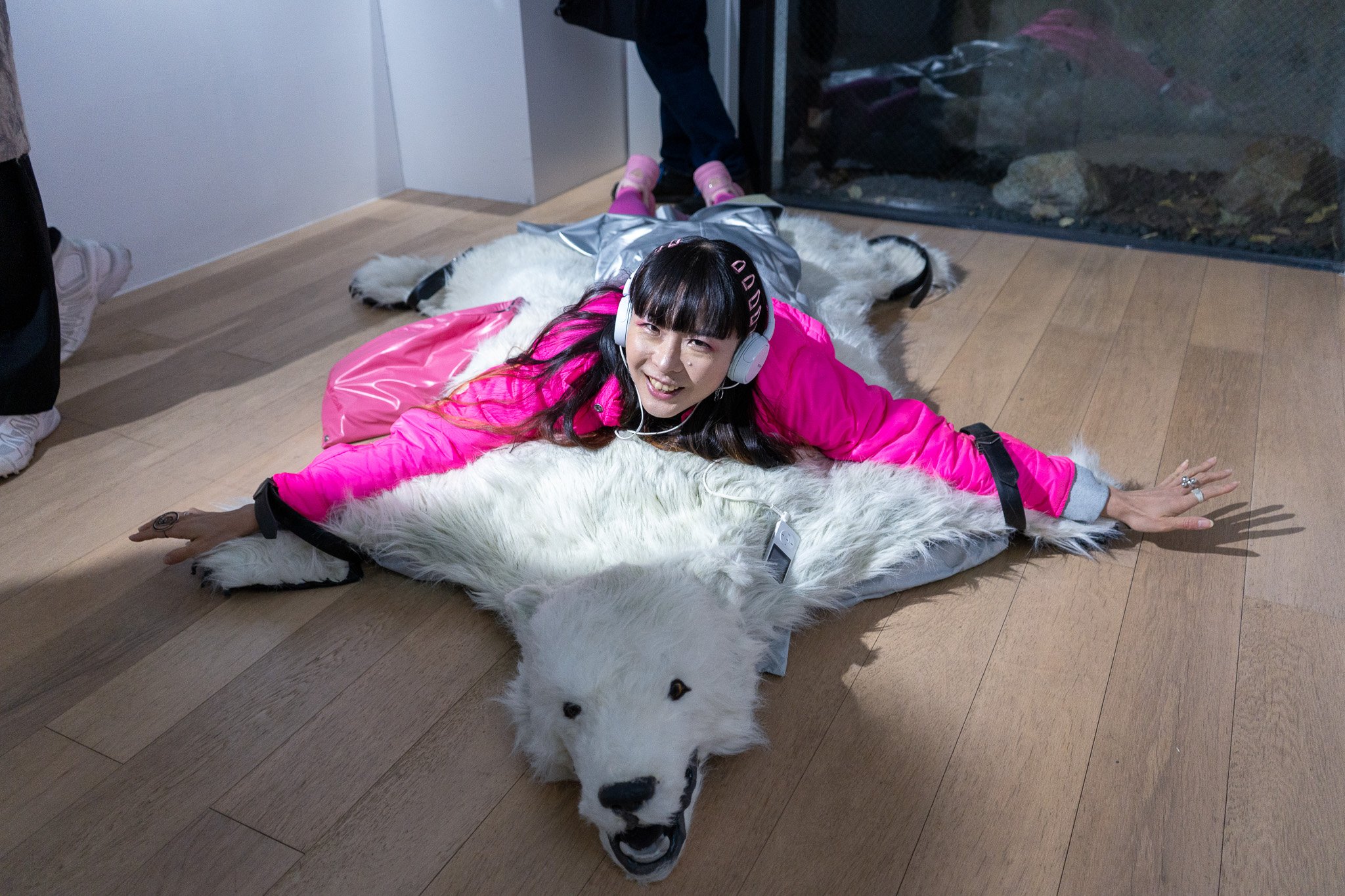
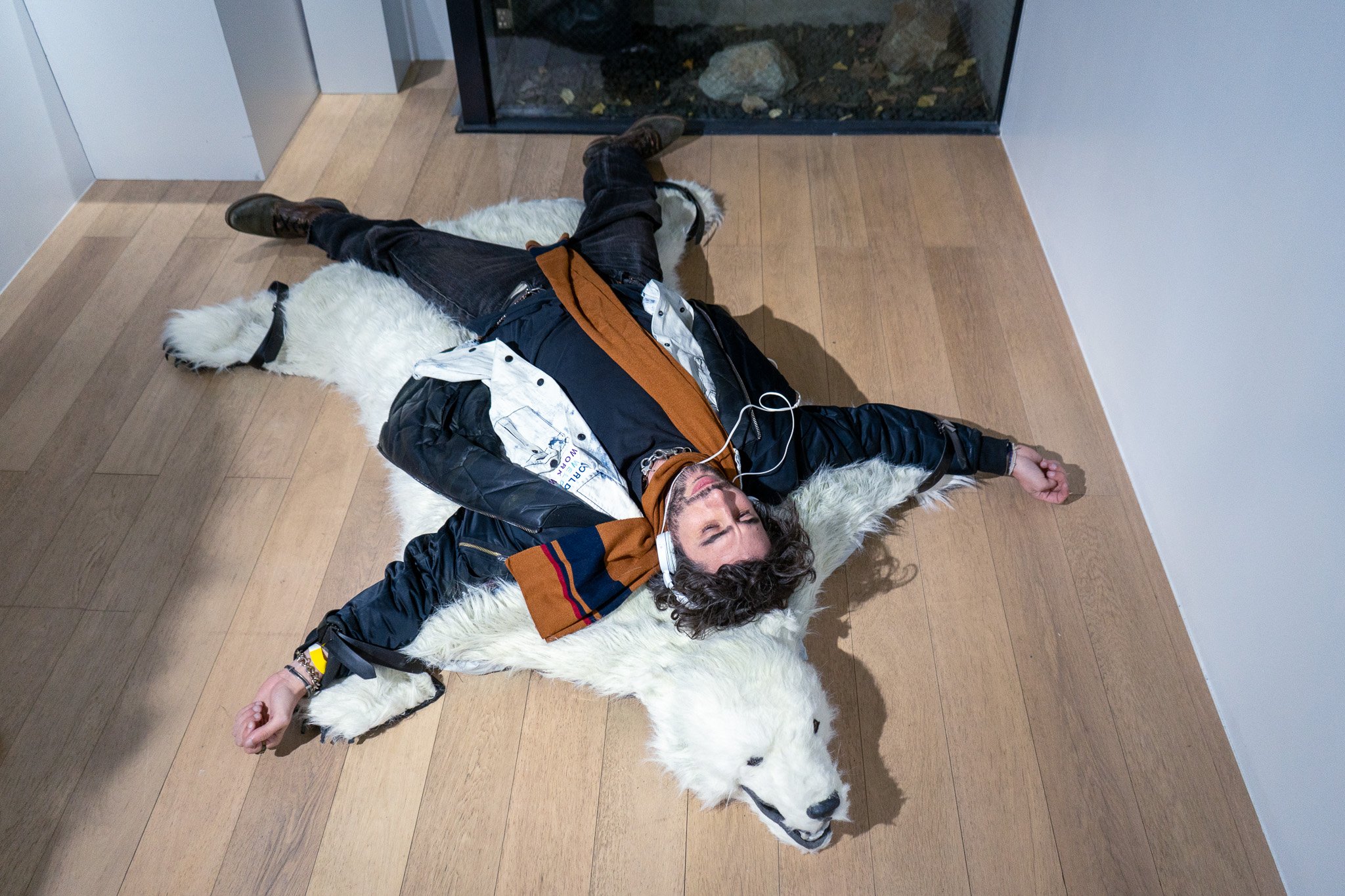
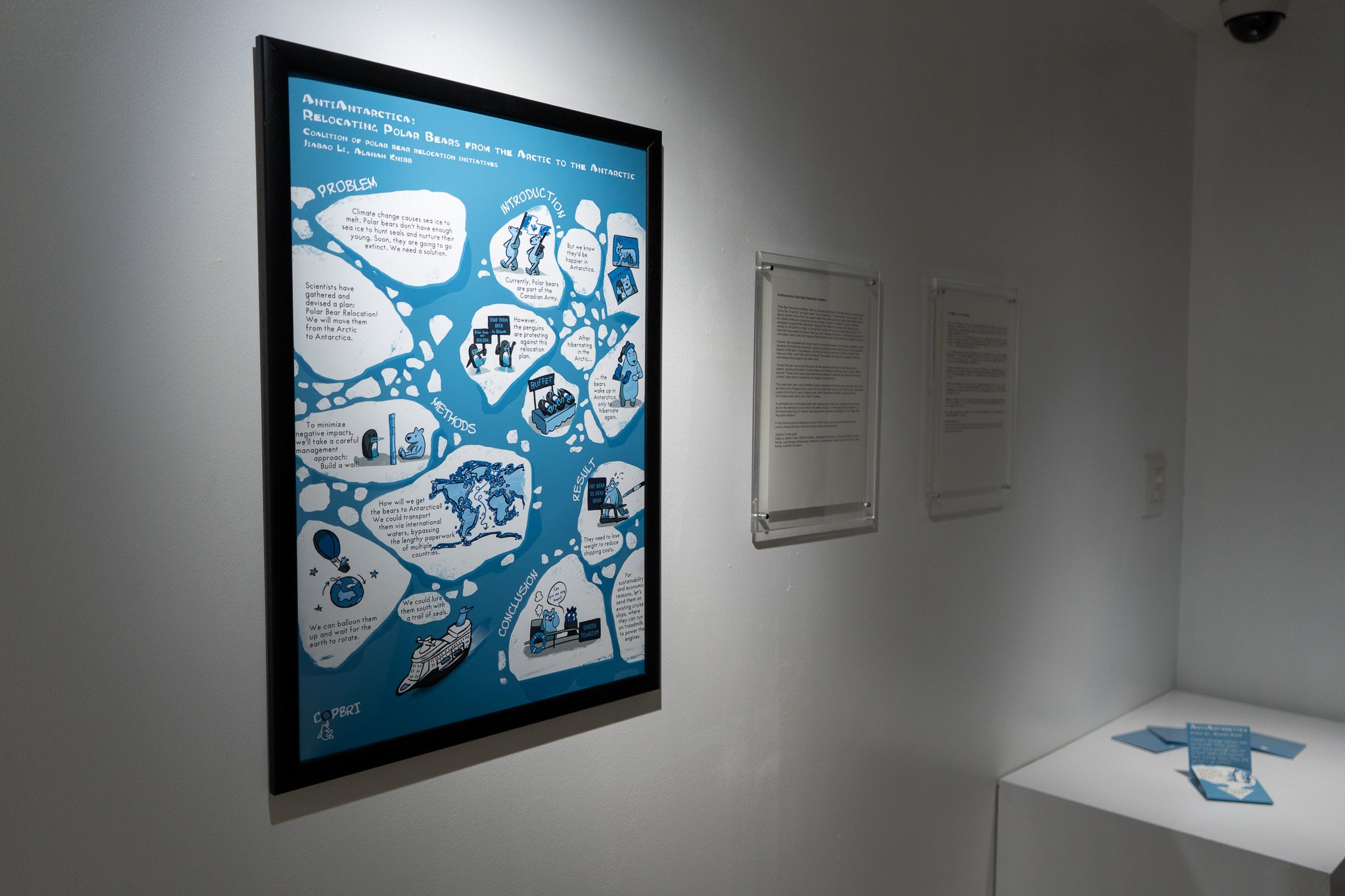
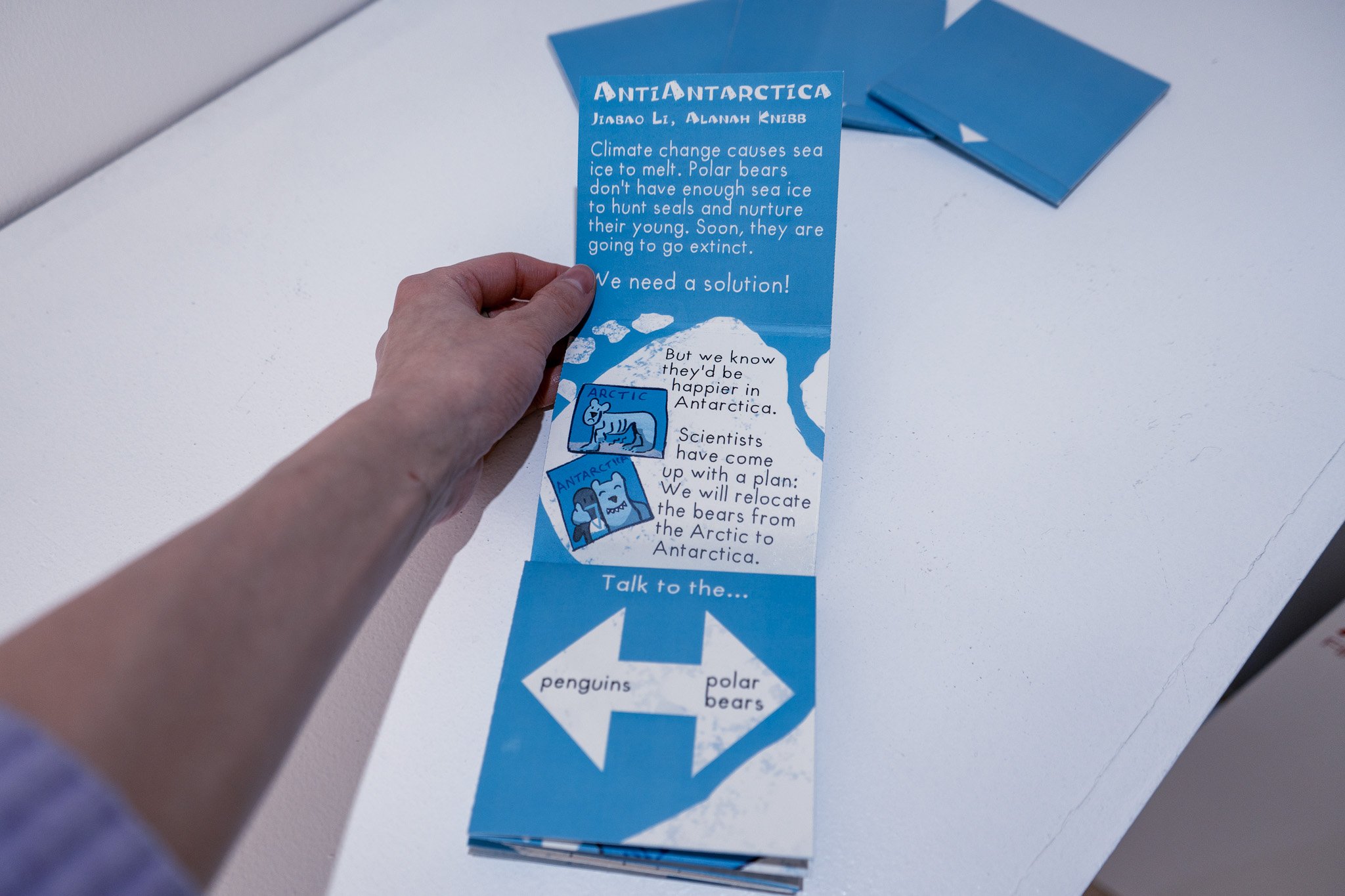

Seal Duet
Eavesdrop beneath the icy ocean—
a seal sings a duet with the boat’s distant hum.
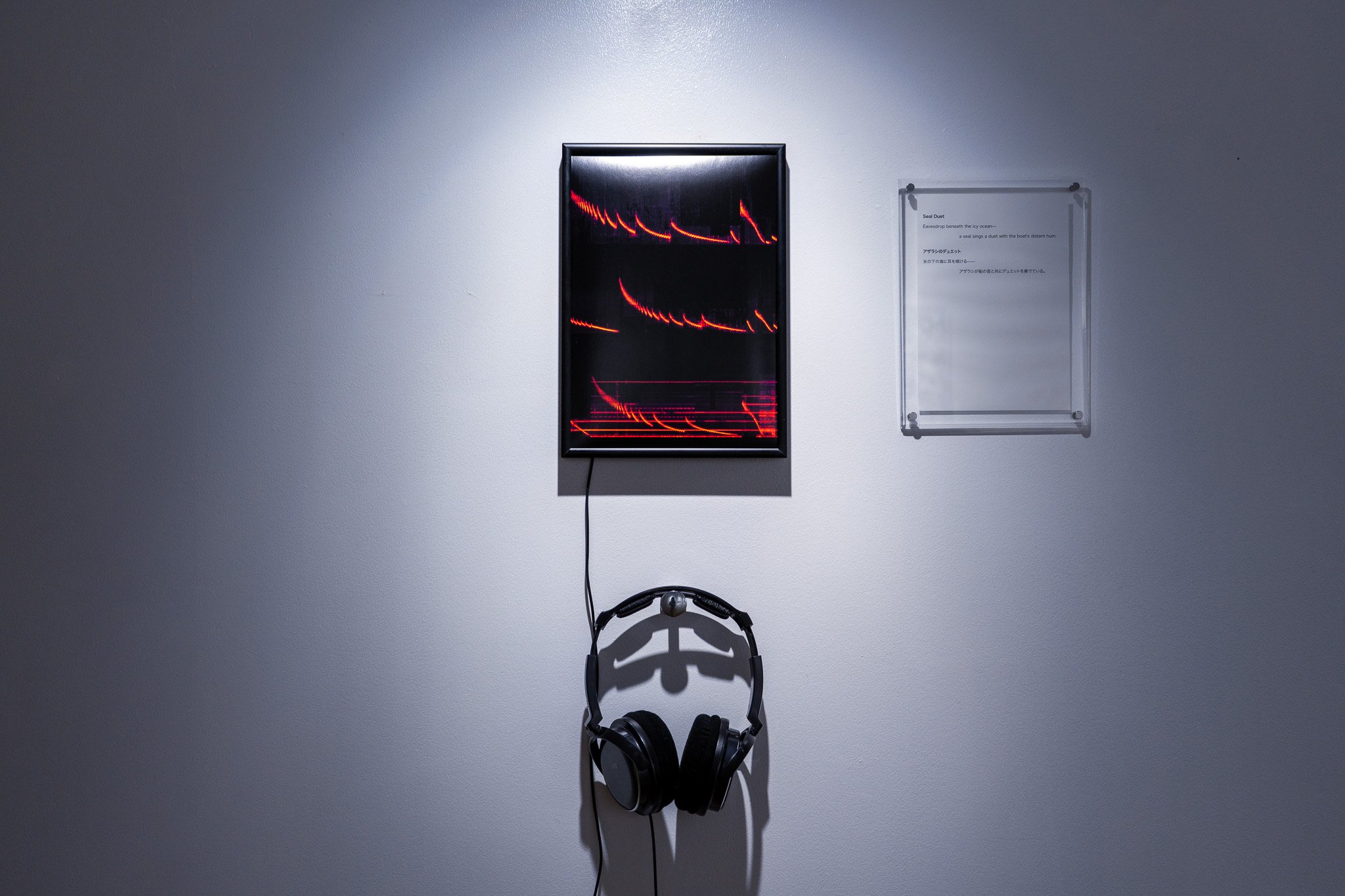
“Thank you”
Throughout history, countries have planted flags to assert ownership or proclaim discovery of new territories. In 2007, Russia famously planted a titanium flag on the seabed at the North Pole, a symbolic act to claim the region’s vast resources. As a region where sovereignty, environmental fragility, and resource competition converge, the Arctic embodies the complex interplay of geopolitics and human impact on a shared planet. I planted a real flag of the Anthropocene: a ubiquitous plastic bag inscribed with the words “Thank You.”
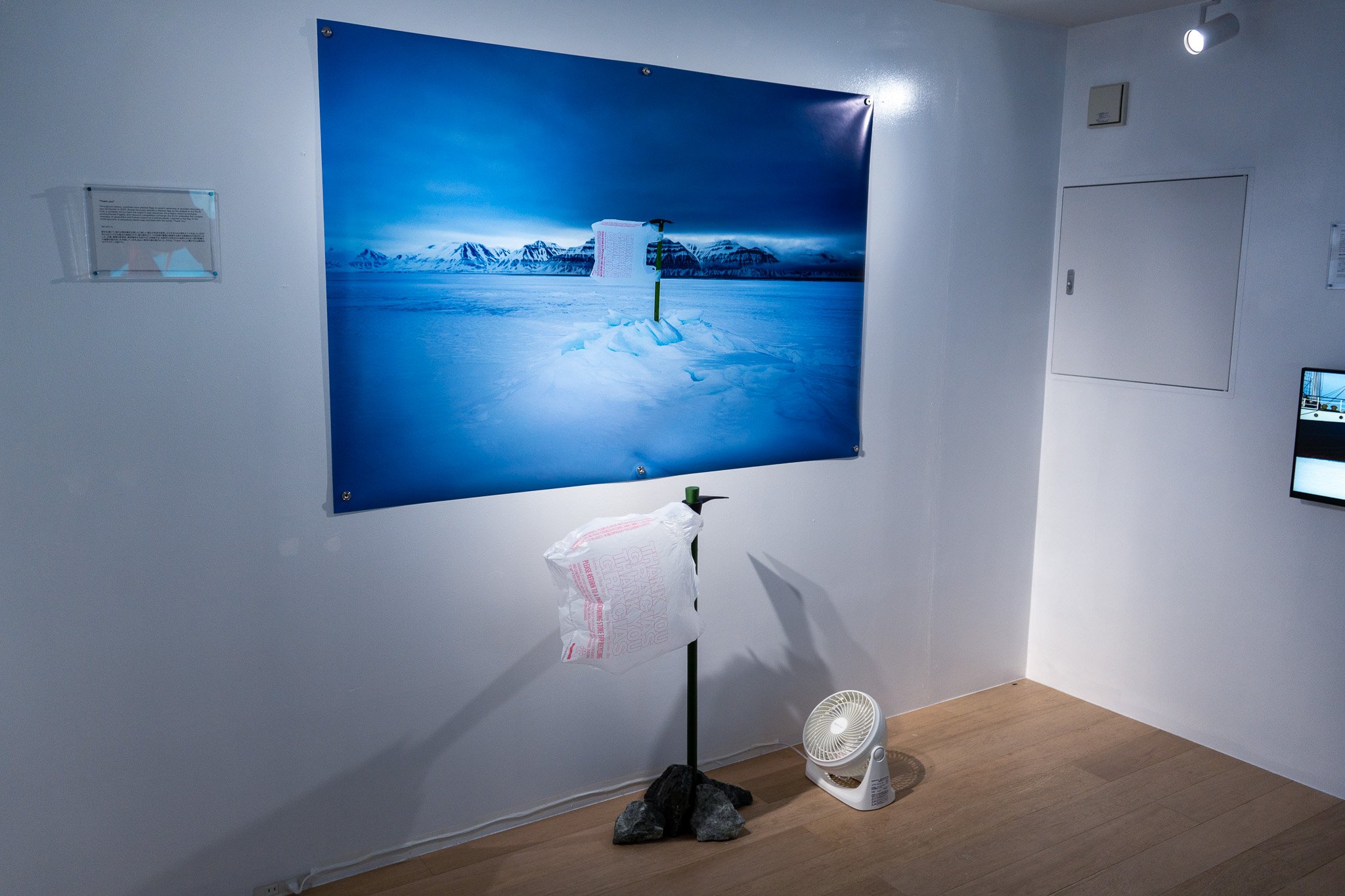
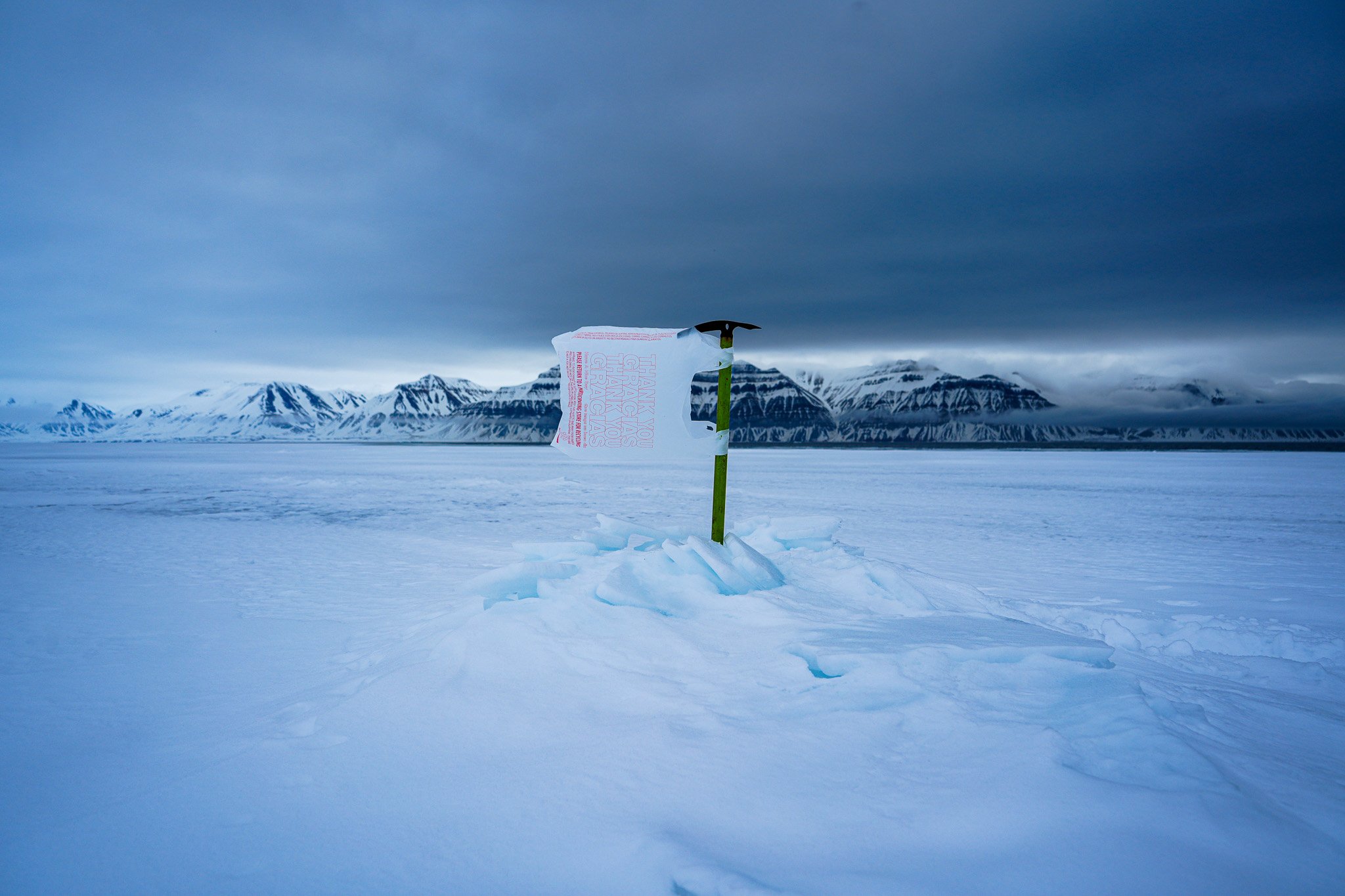
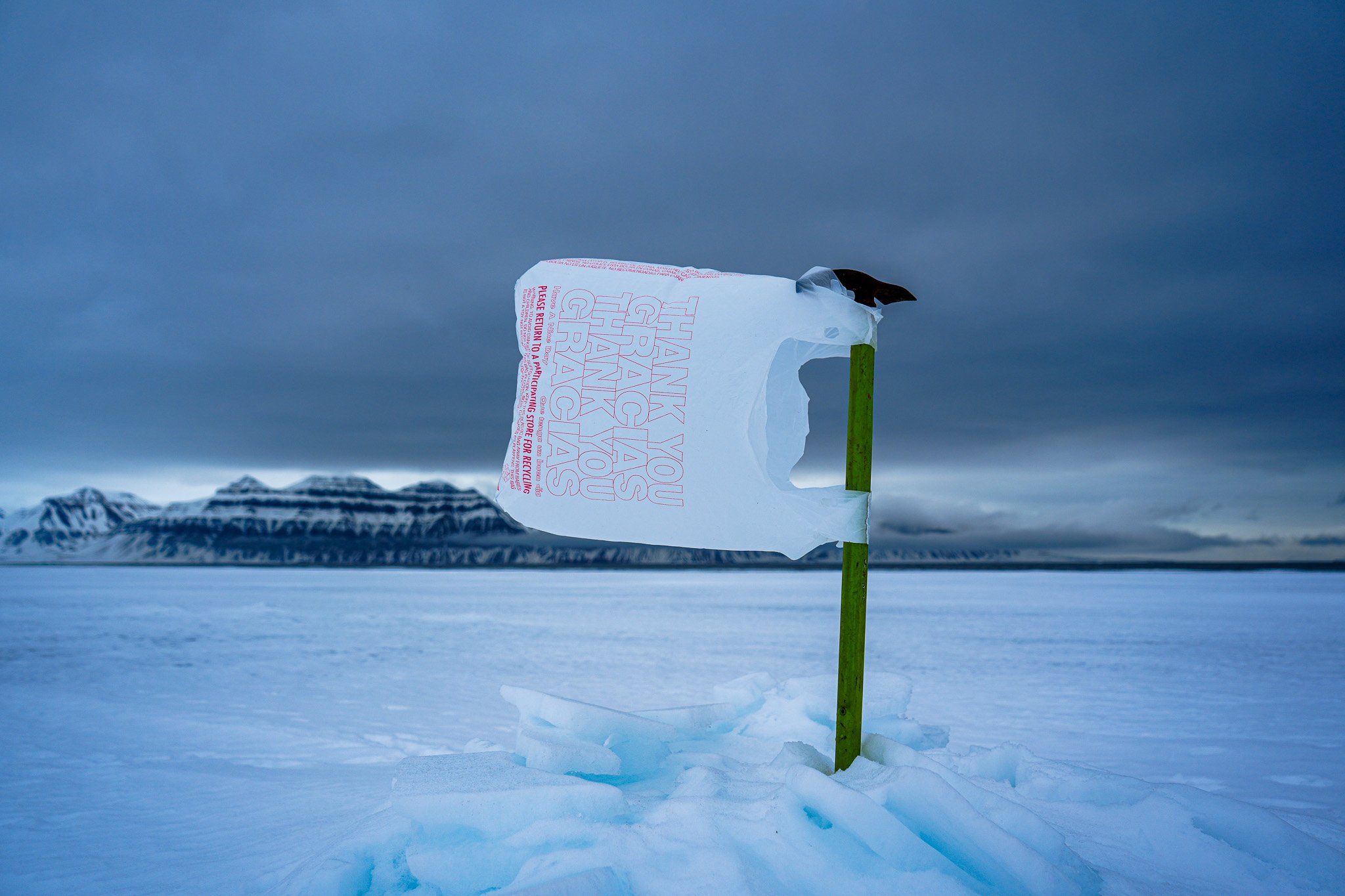
Arctic Vein
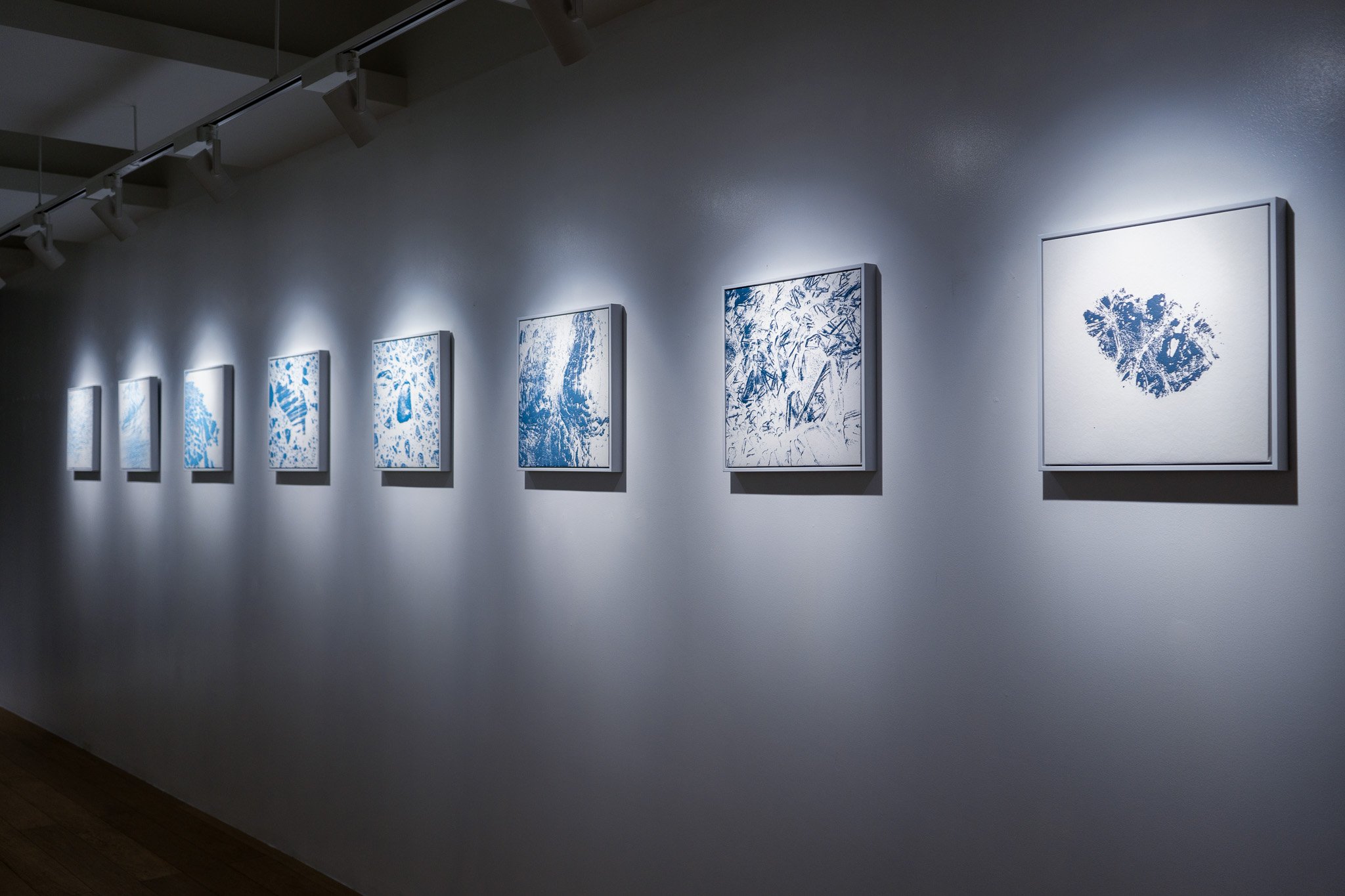
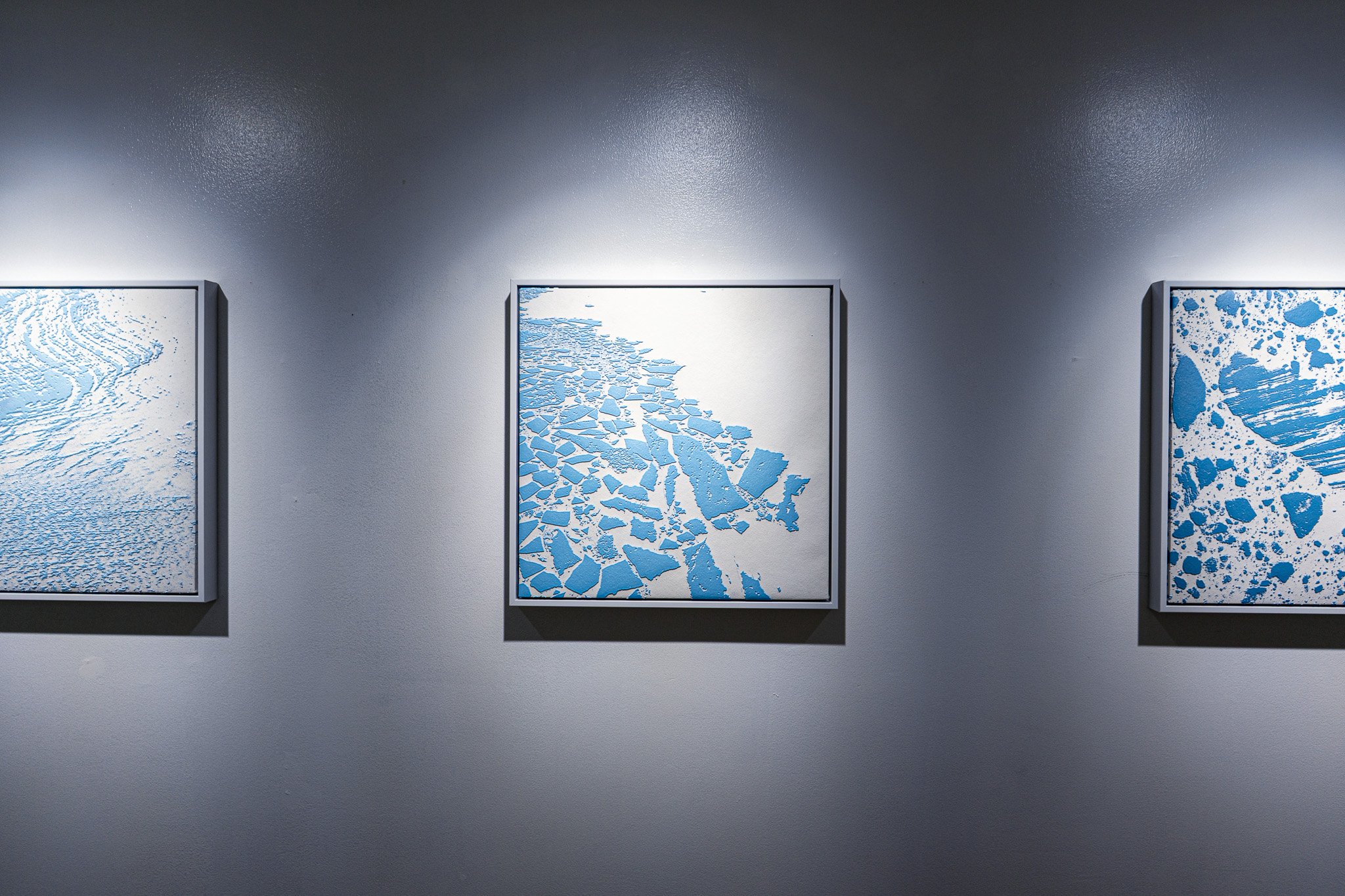
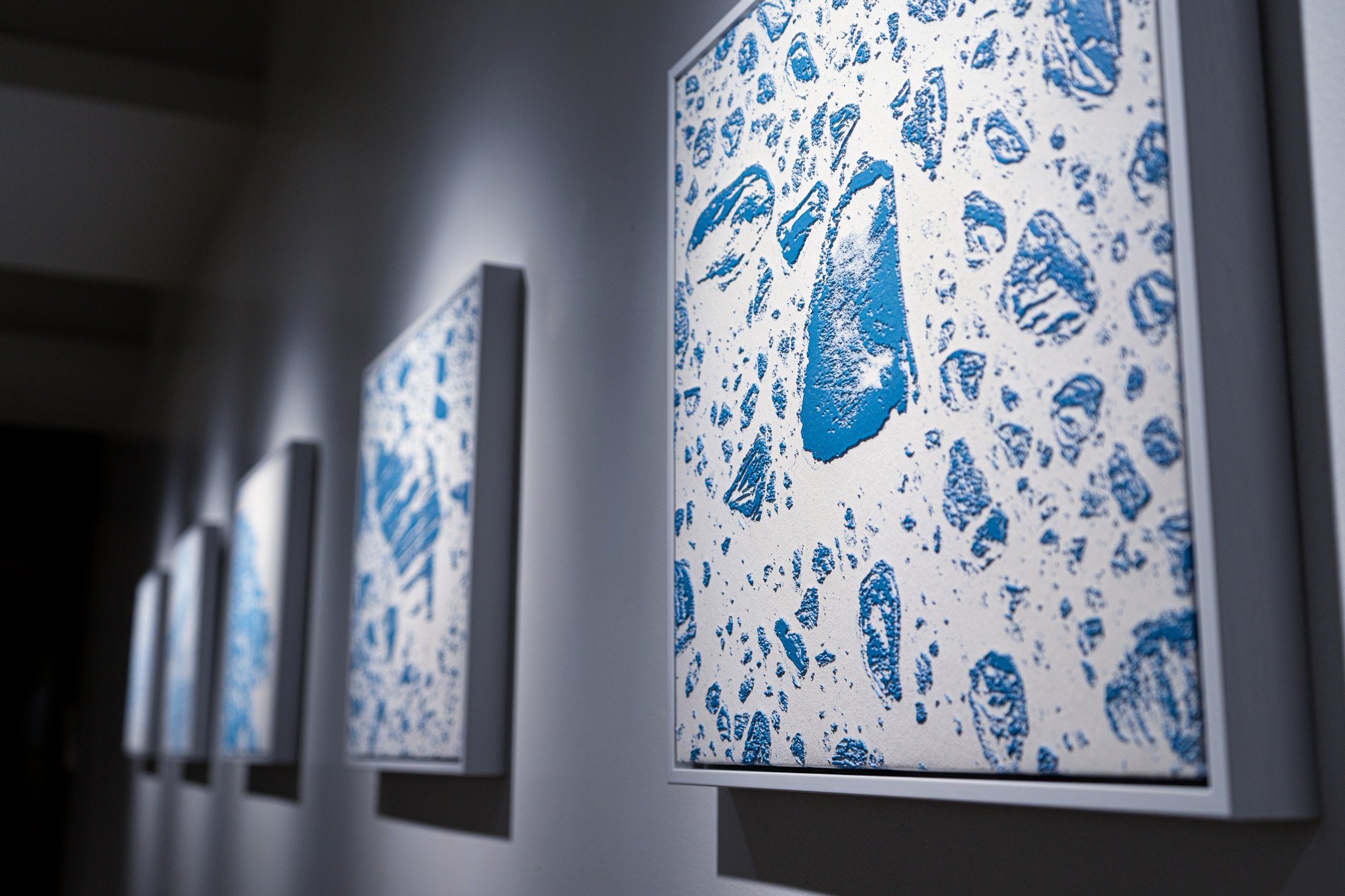
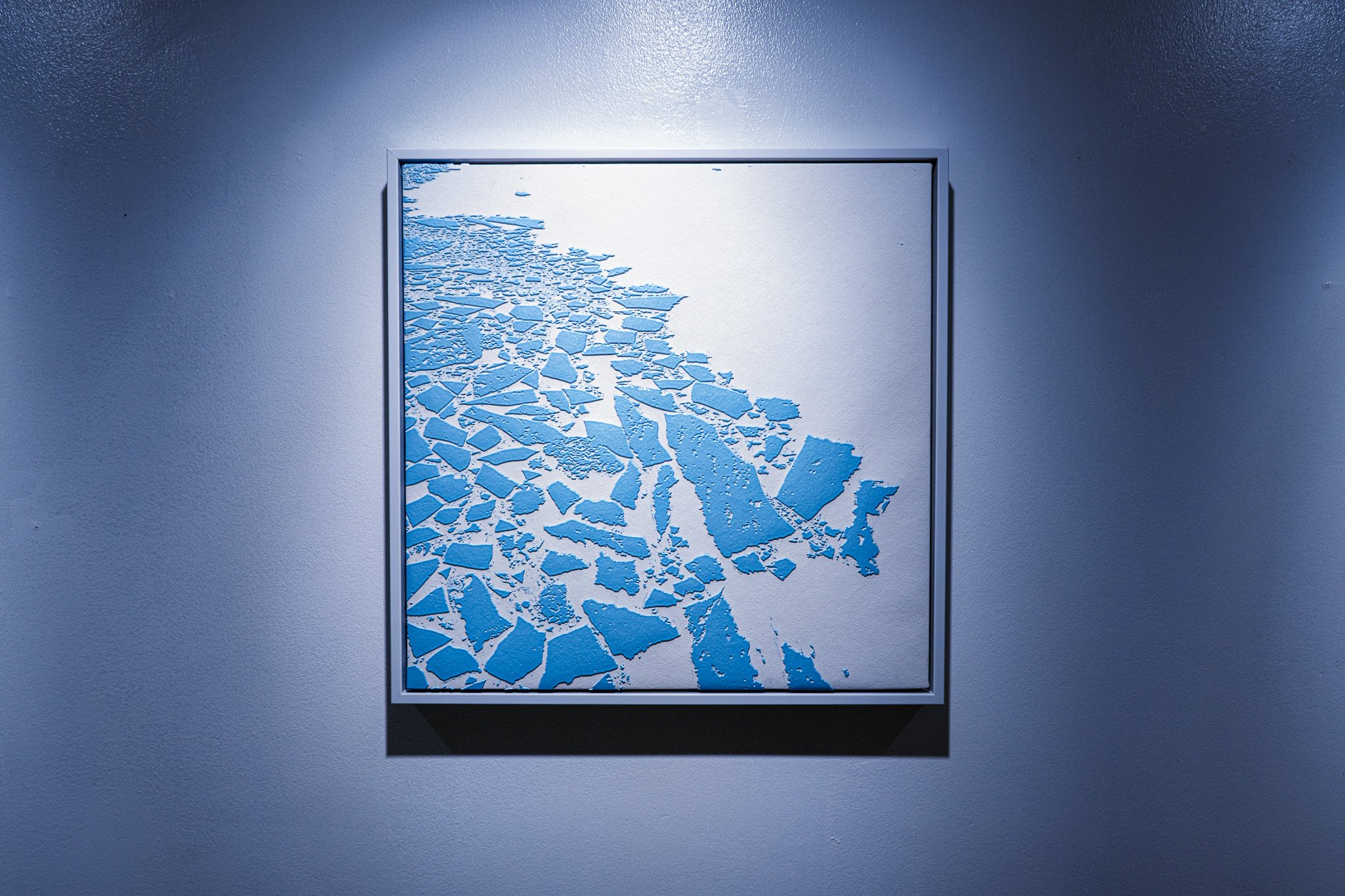
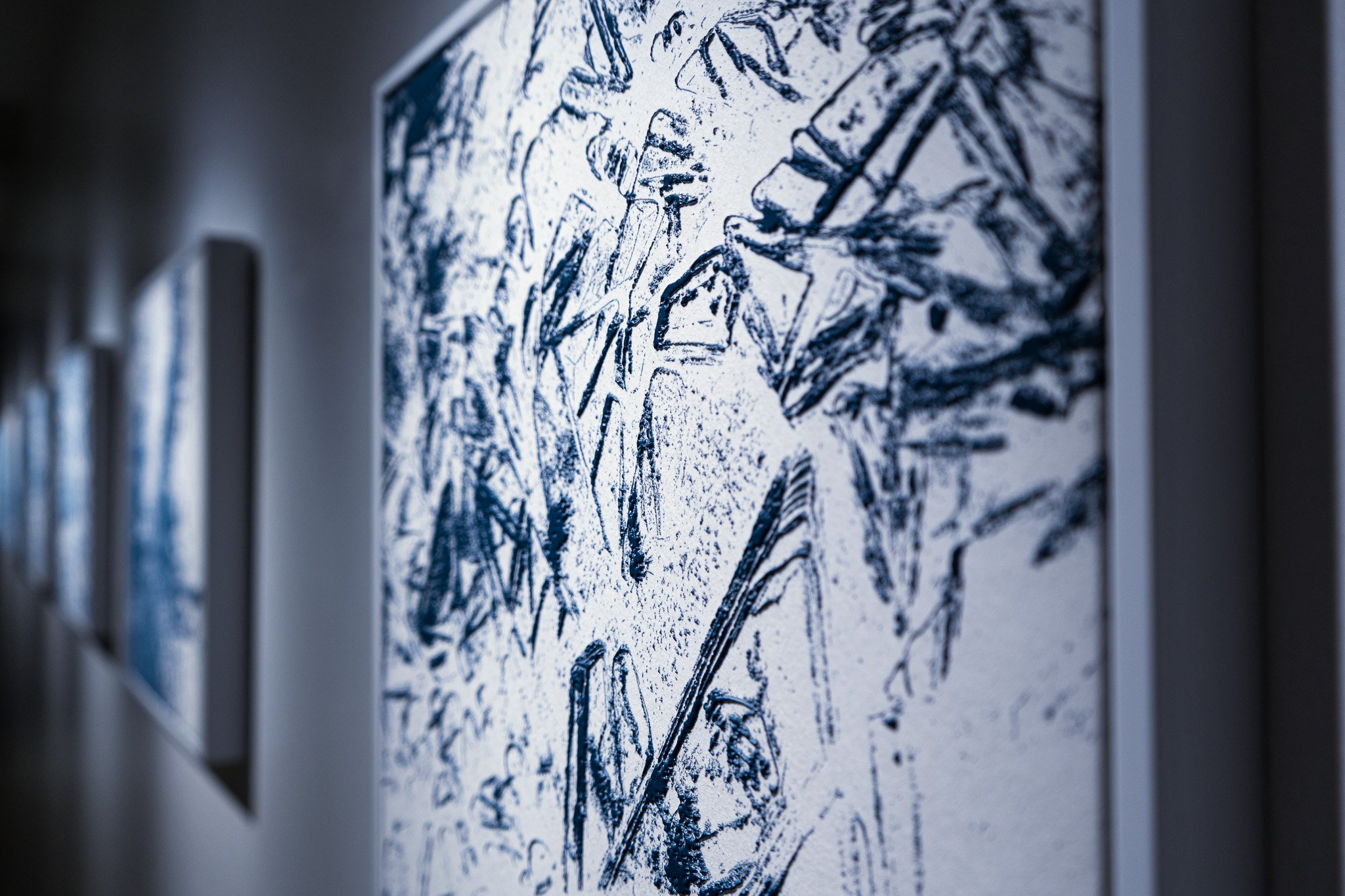
Could an Arctic Fox Give a TED Talk?
In the evolving landscape of interspecies communication, researchers from the Interspecies Internet and the Earth Species Project are pushing the boundaries of understanding by attempting to decipher and translate the languages of non-human beings. Their ambitious goal is to create a dictionary of animal communication, bridging the gap between human and animal languages and enabling a more profound connection between species. While immersed in the Arctic’s vast, icy expanse, I found myself surrounded by the sounds of the region’s wildlife—the chirping of puffins, the roaring of polar bears, the rumbling of ringed seals, and the high-pitched squeaks of Arctic foxes. Inspired by these voices of the wild, I delivered a TED talk that is completely devoid of human language. Instead, the narrative was crafted from the sounds of Arctic animals that are being impacted by climate change, whose calls, songs, and cries conveyed a story rich with emotional peaks and valleys. This talk is a reminder of the impact of climate change on these animals and a challenge to the anthropocentric dominance of human language in global discourse.
World Cup, Arctic Edition
A game of soccer unfolds on a ship sailing through the Arctic. The players kick a ball made of glacial ice—fragile, ephemeral, and slowly disintegrating. With each kick, the ice fractures, melts, and diminishes until it disappears entirely. Are we kicking away our future one goal at a time?
Naked Ice
Jiabao Li & Edmée van Rijn
